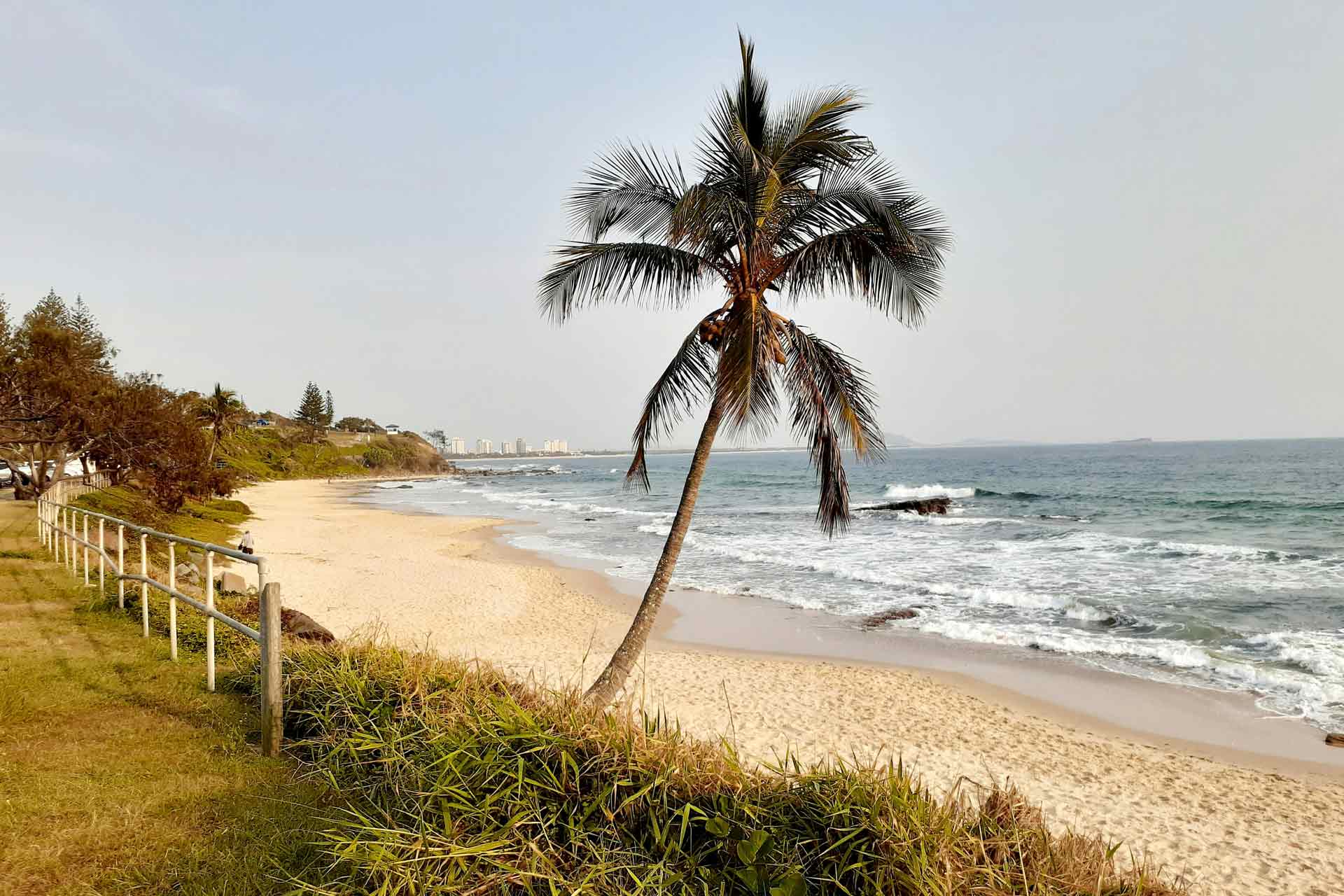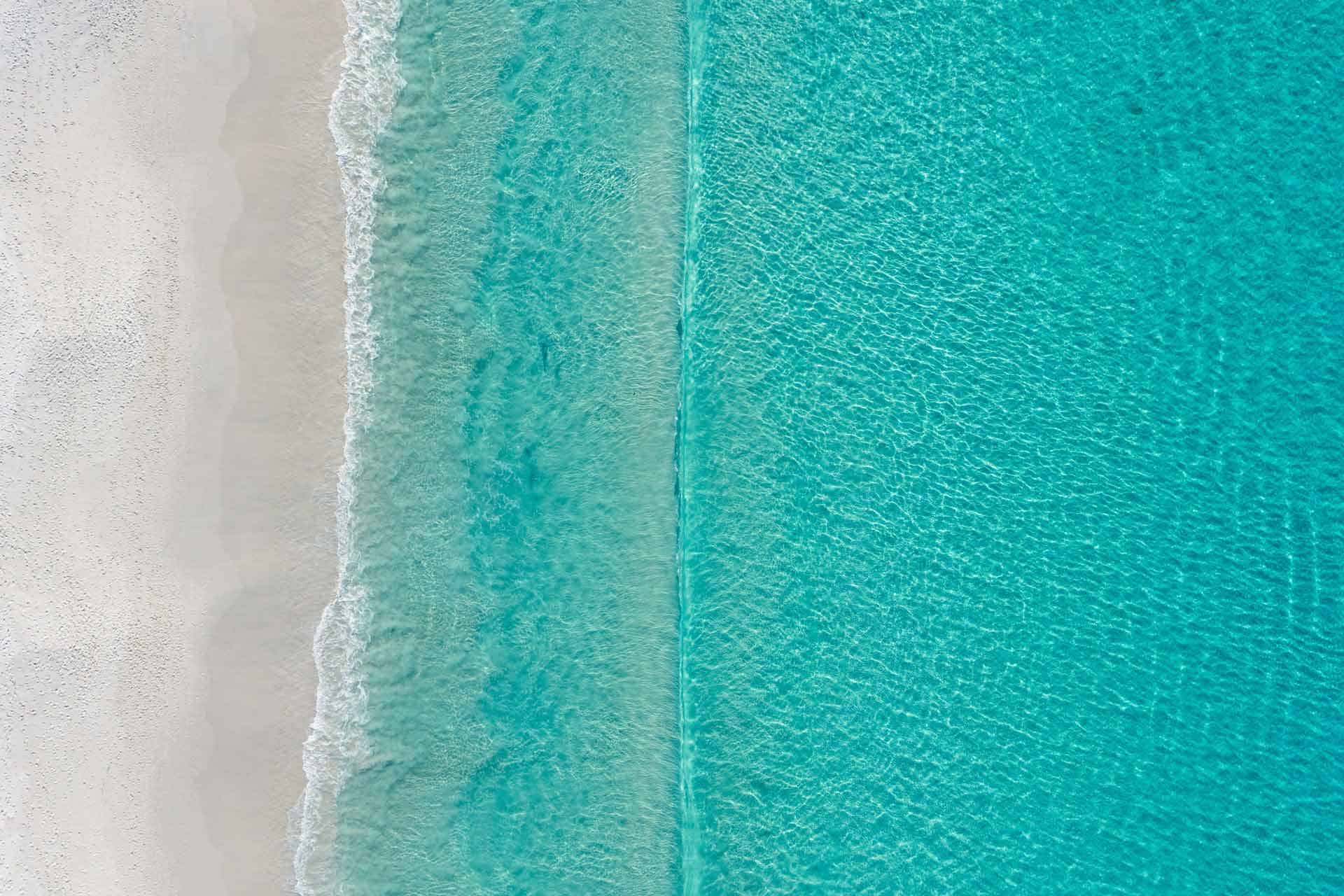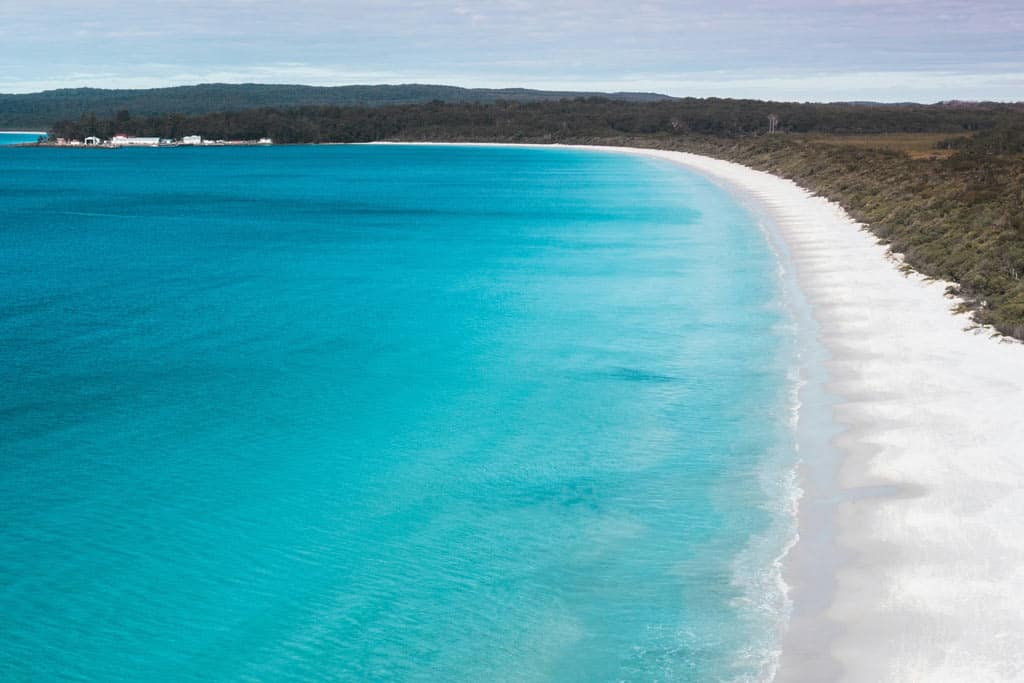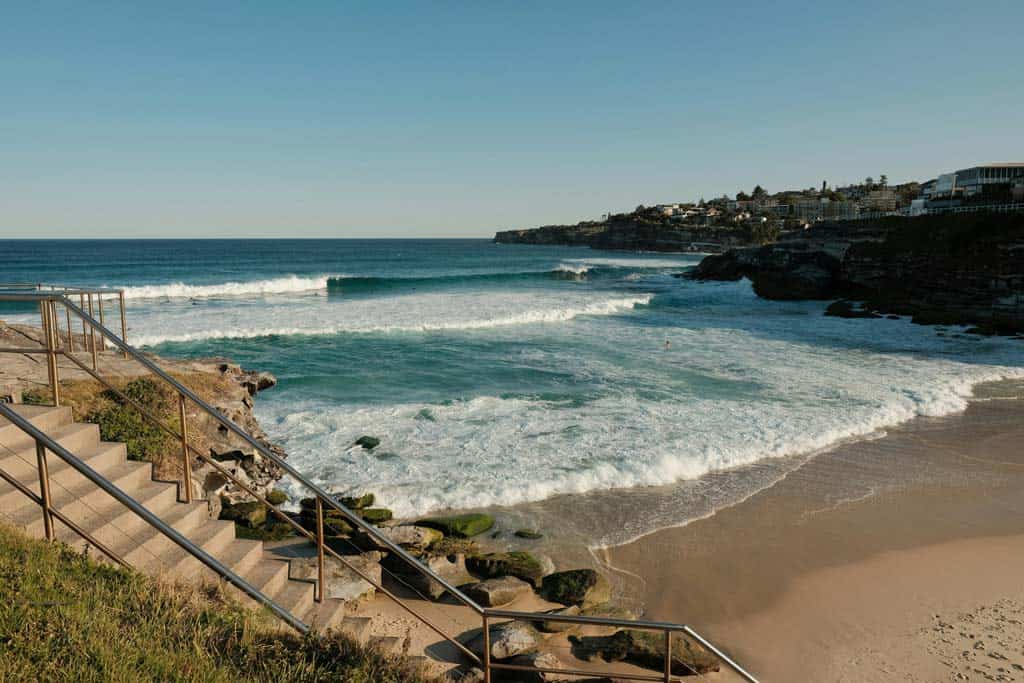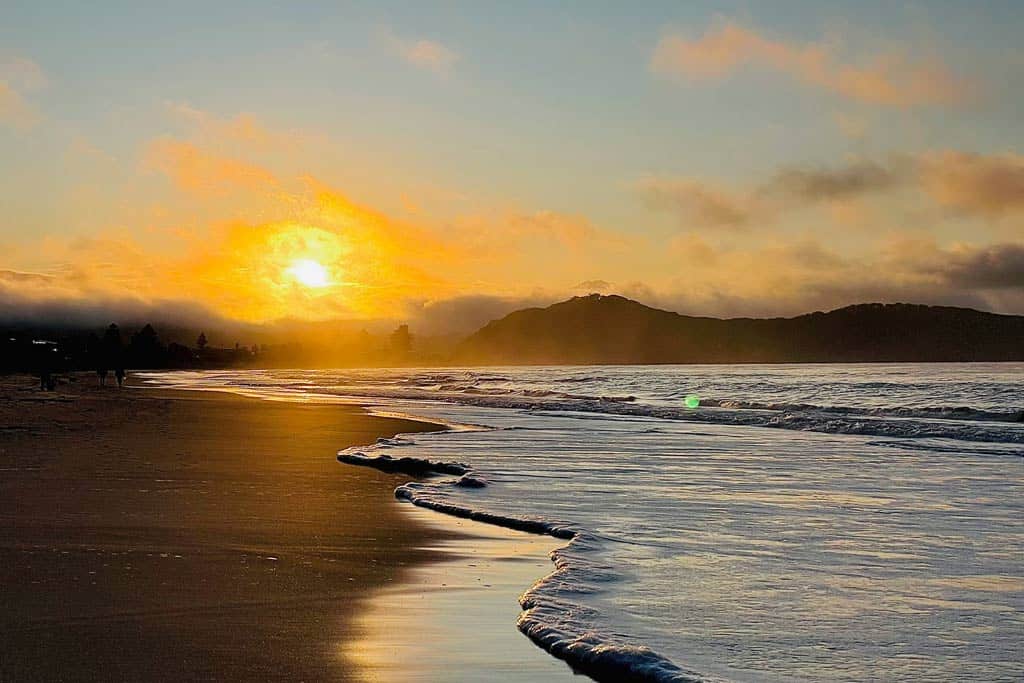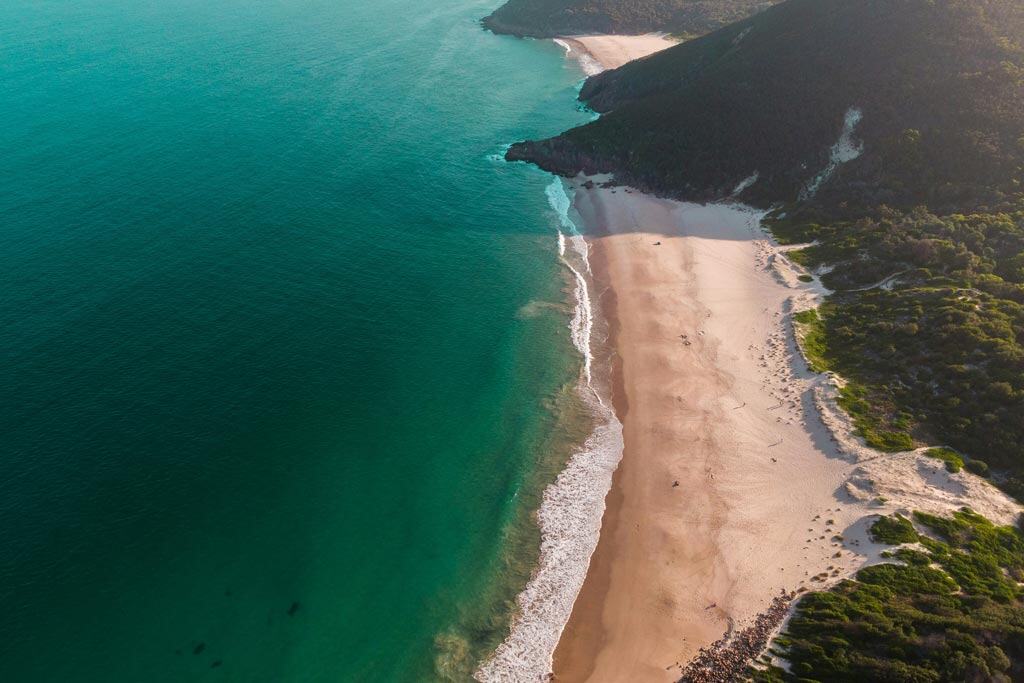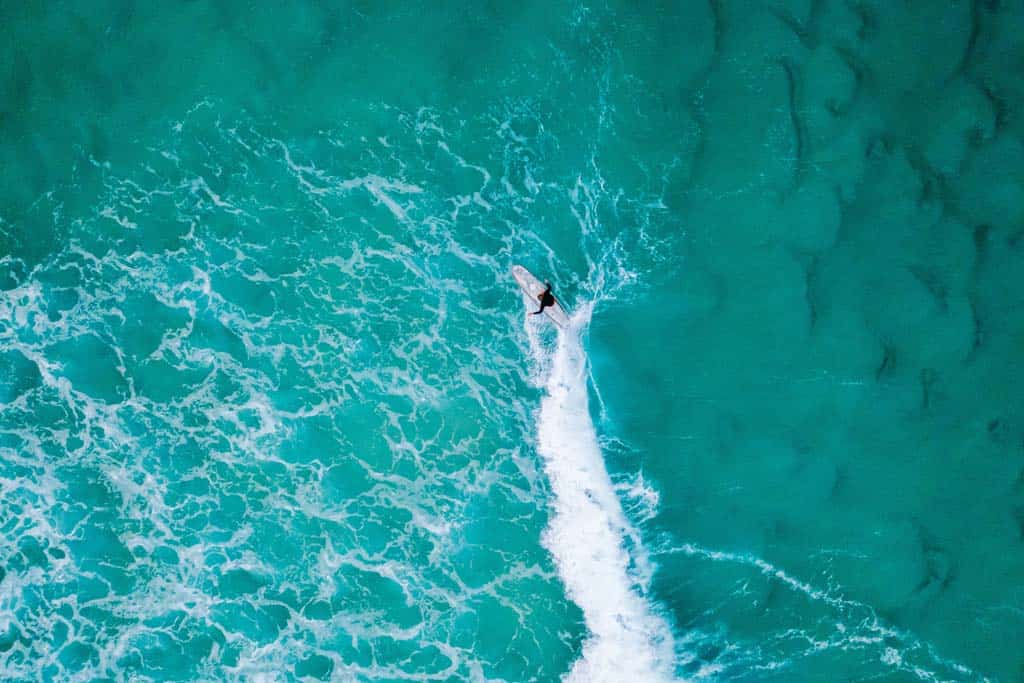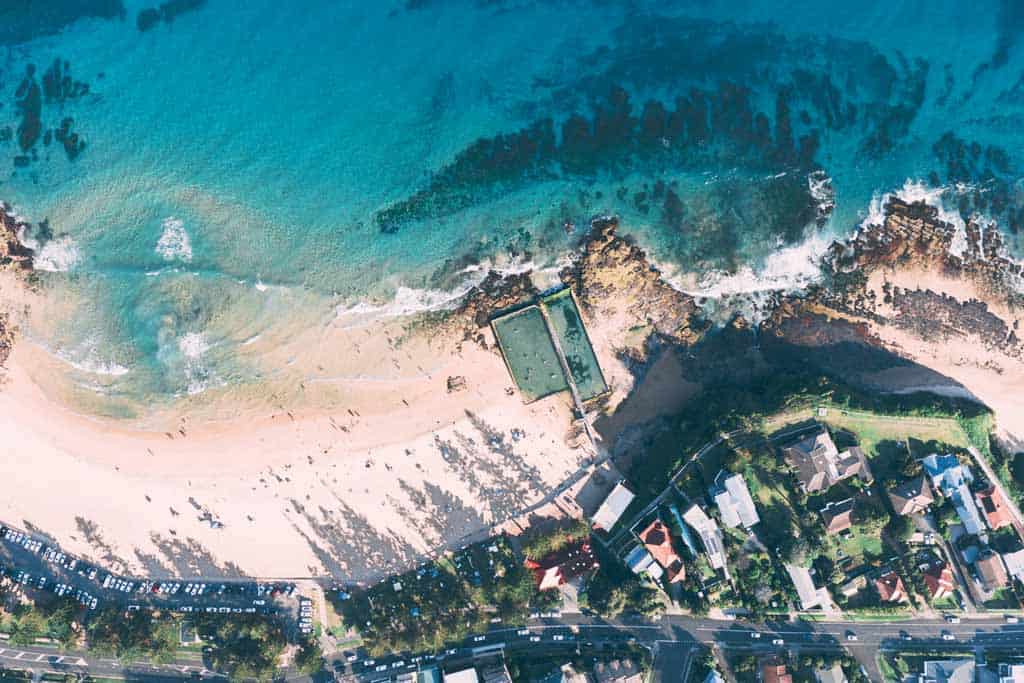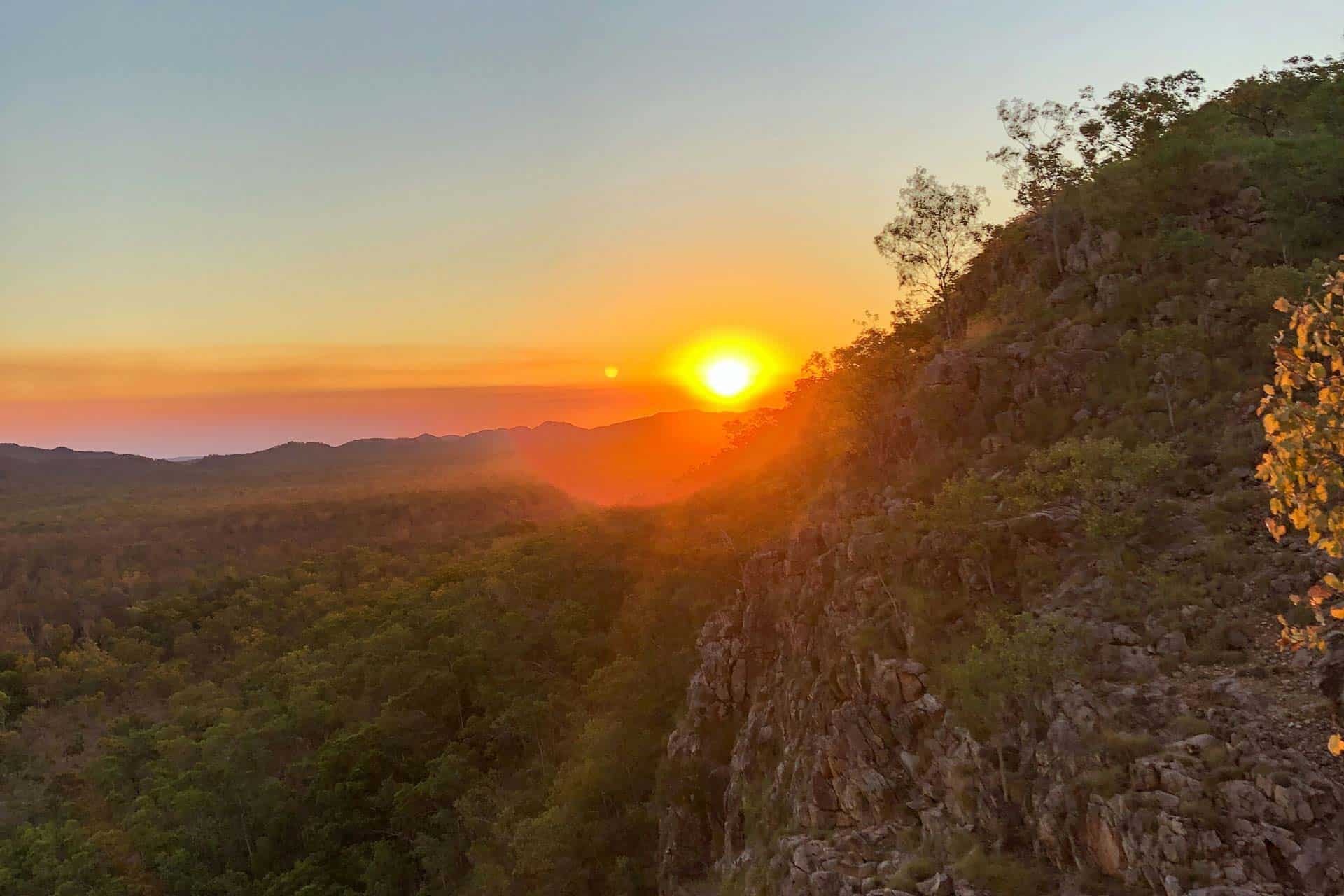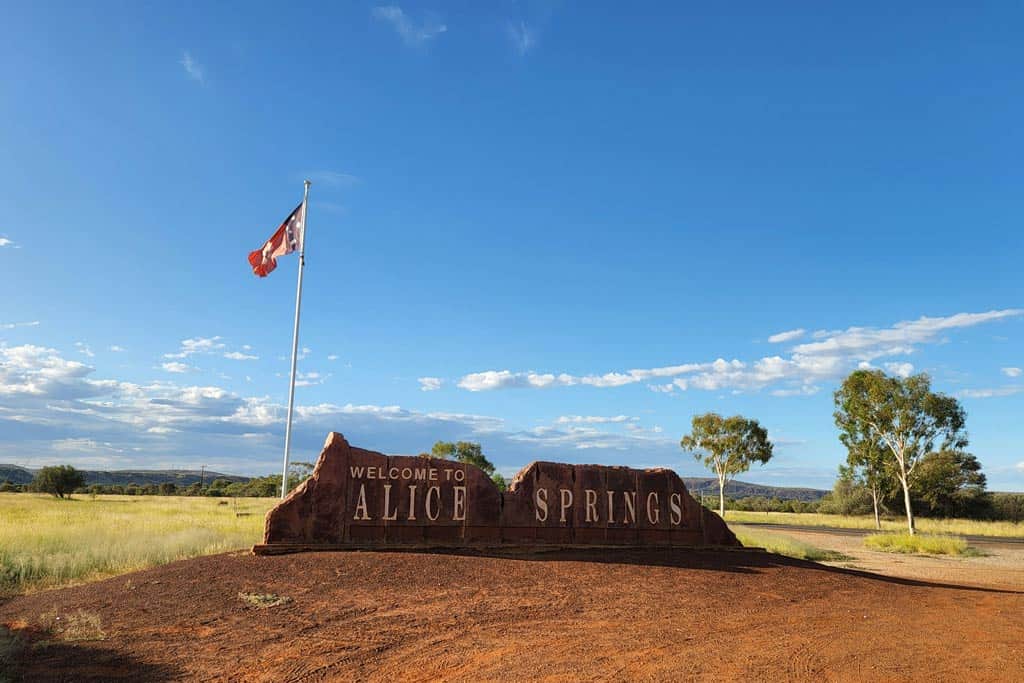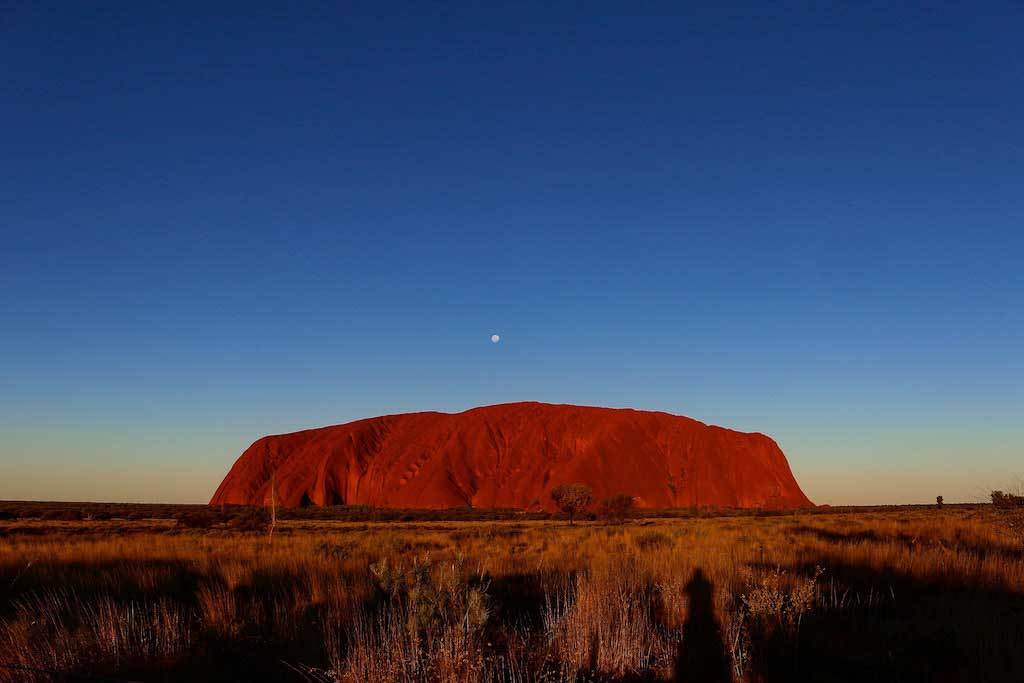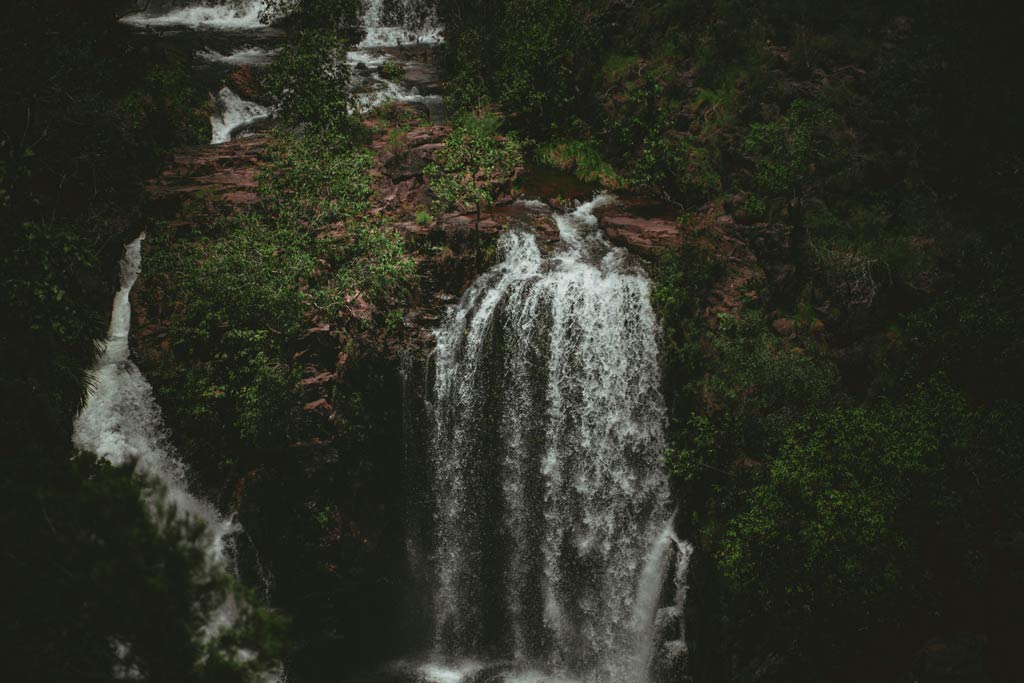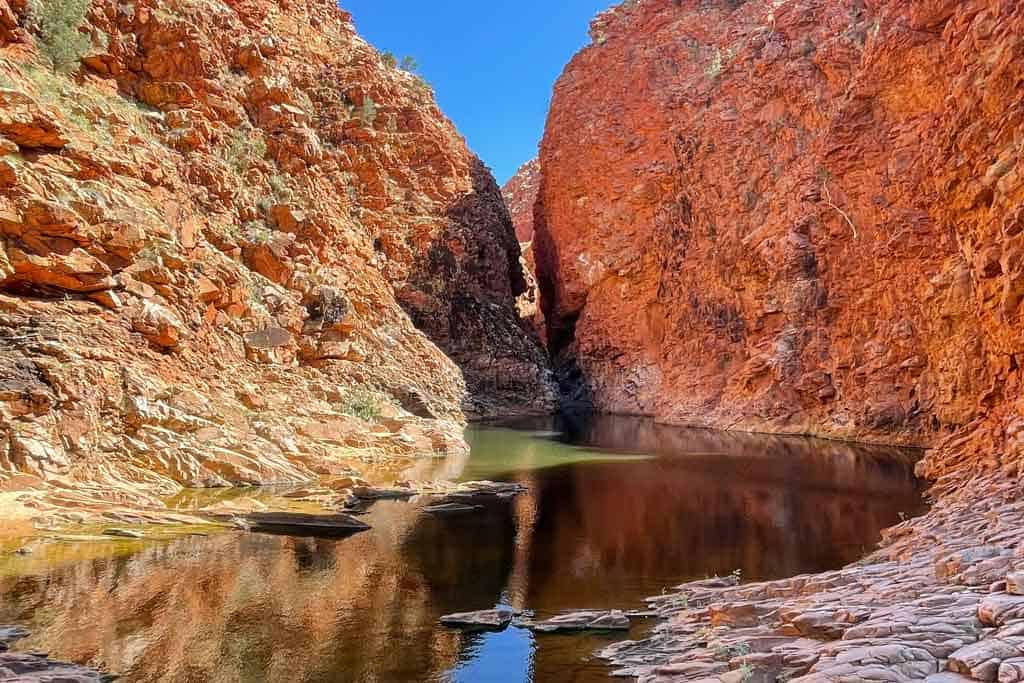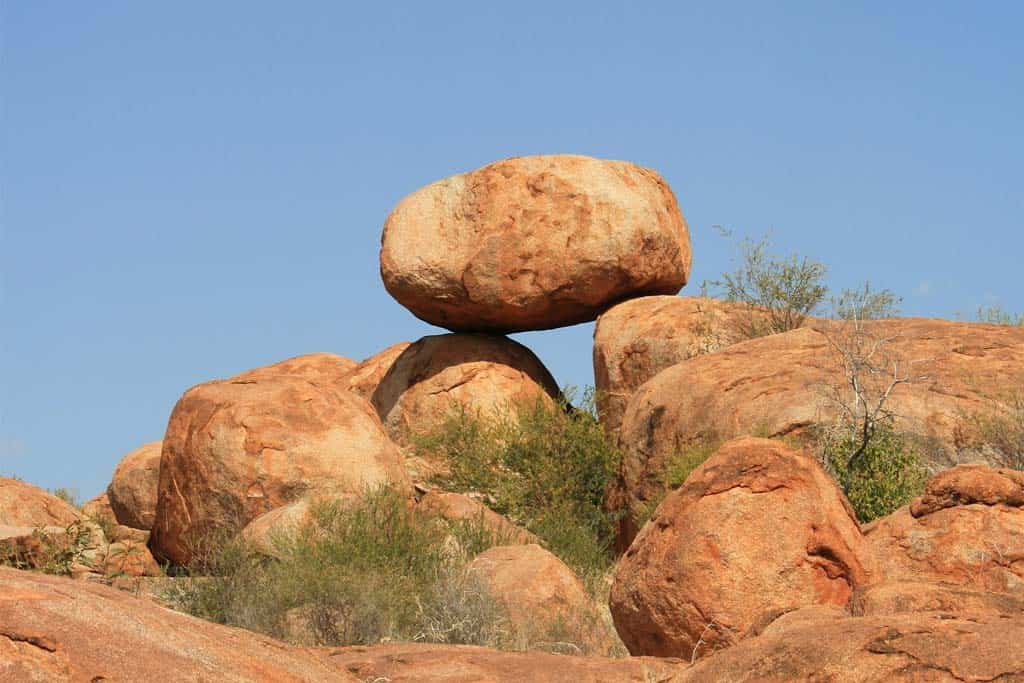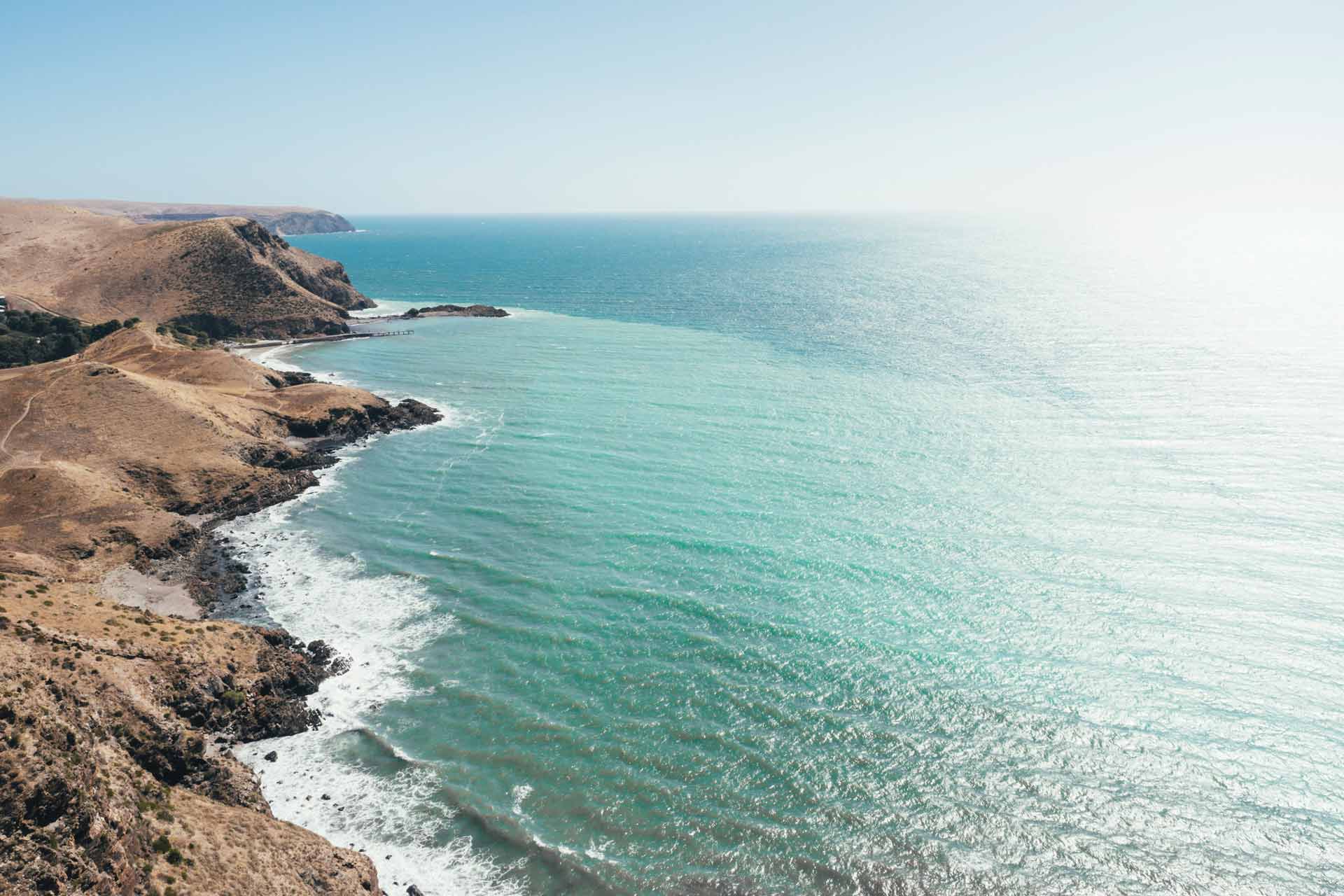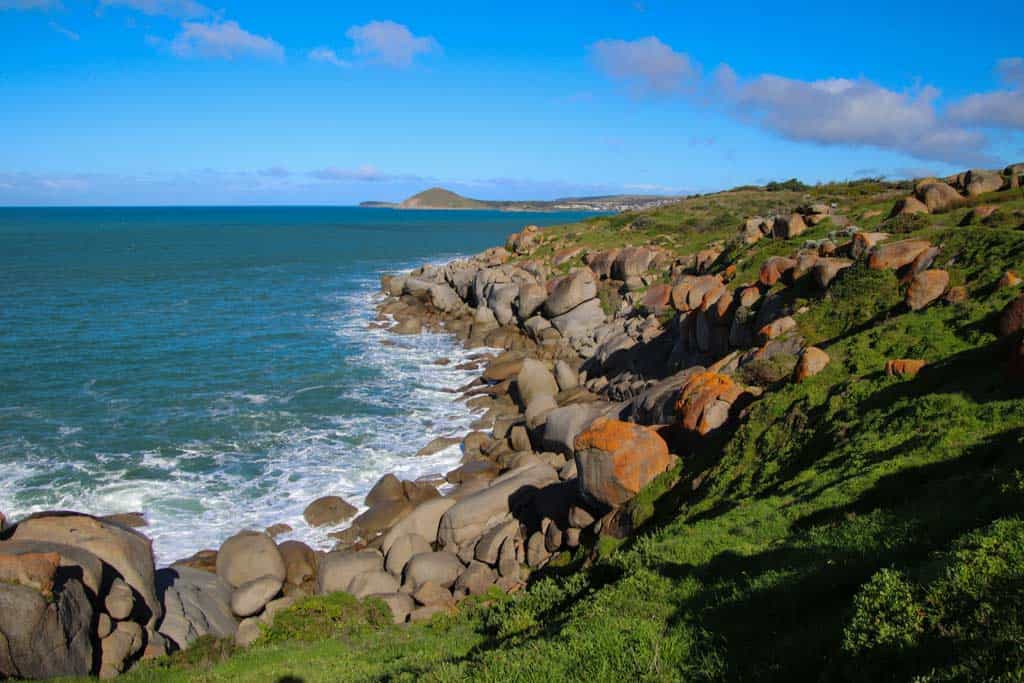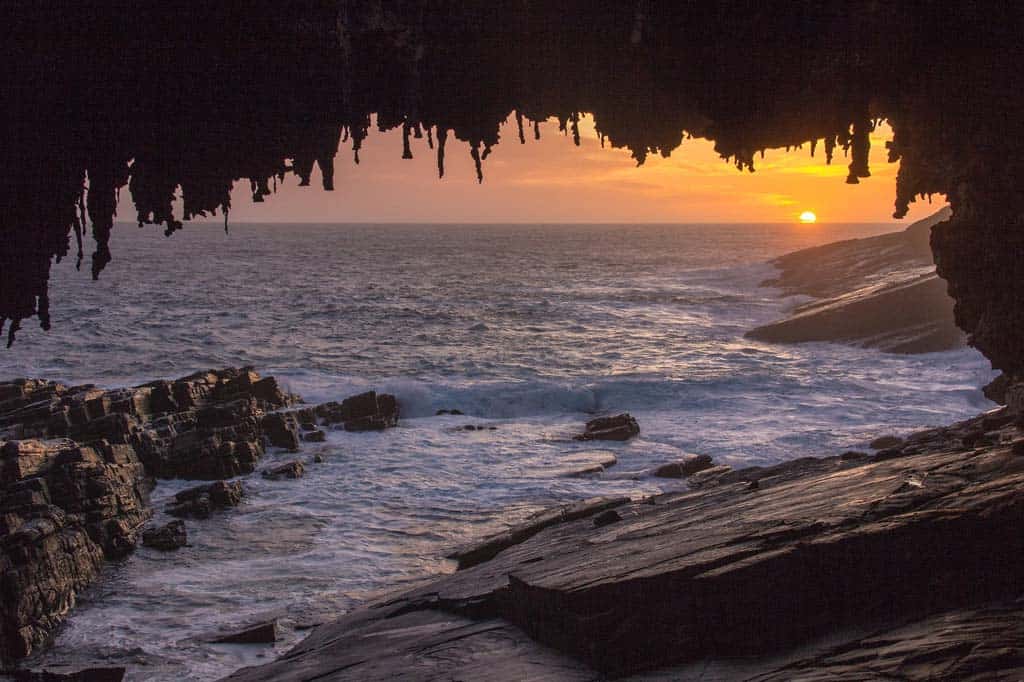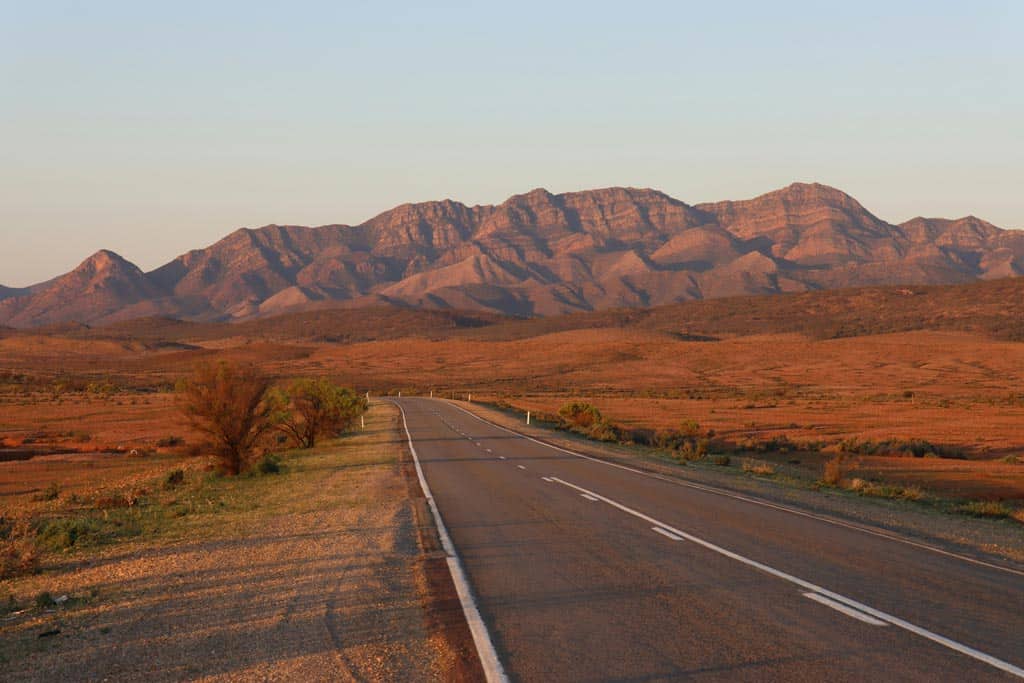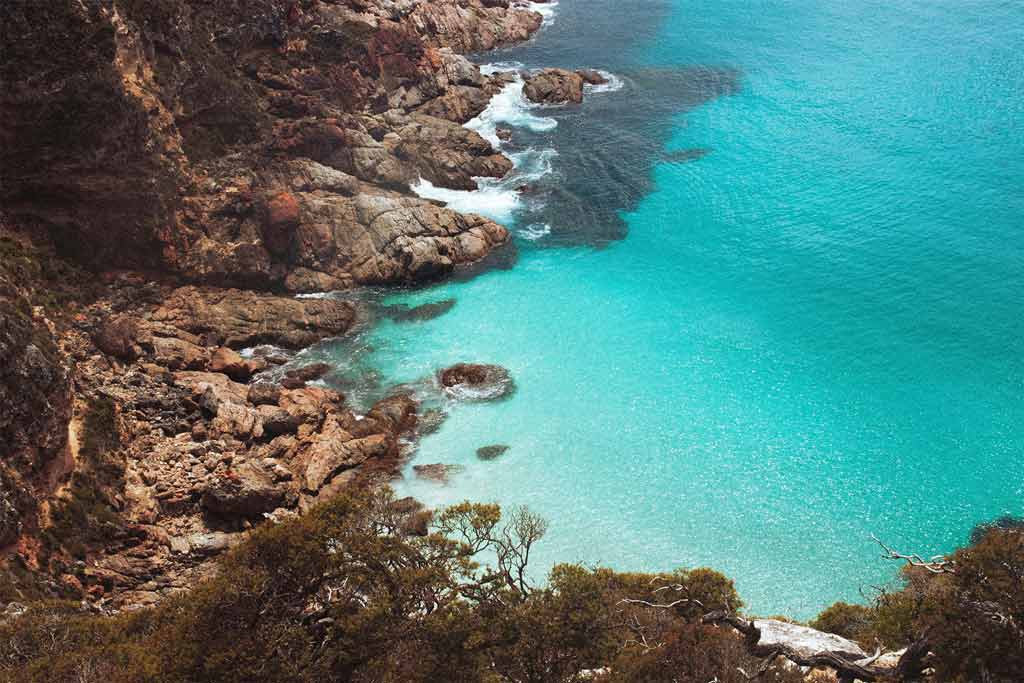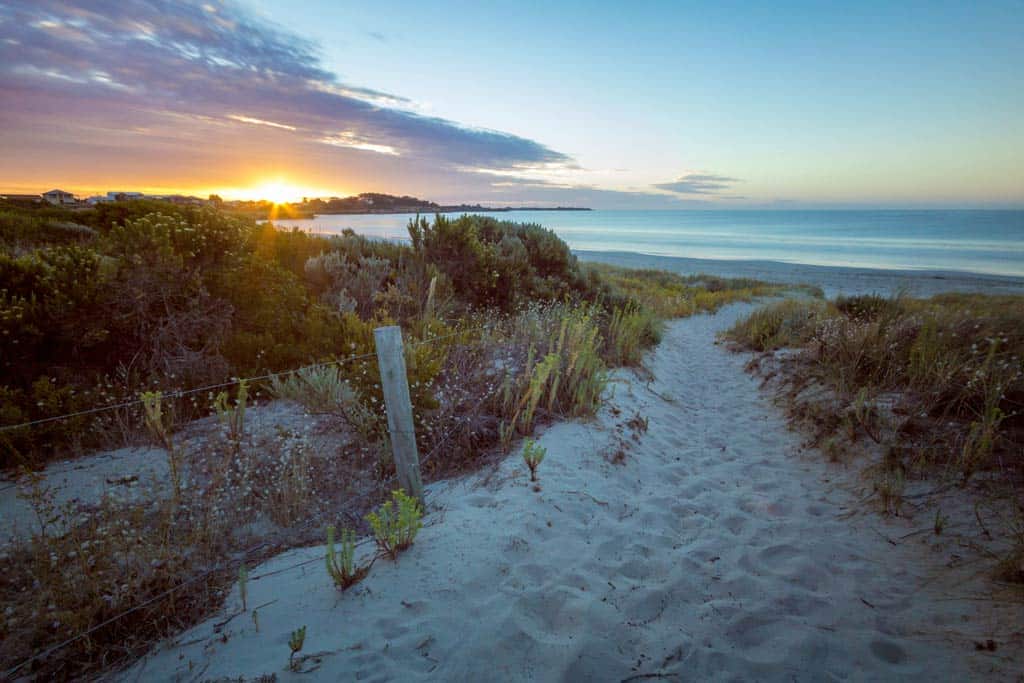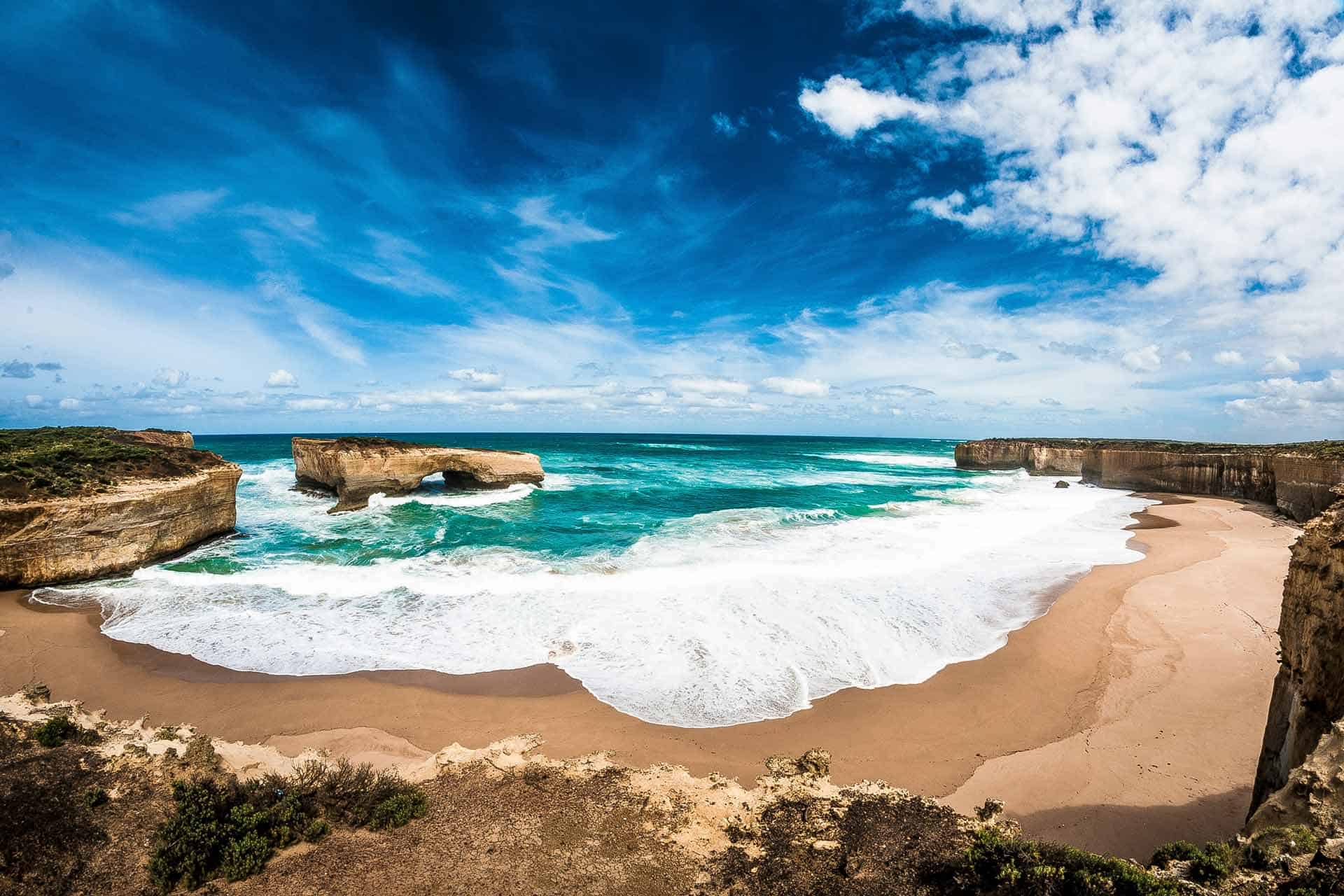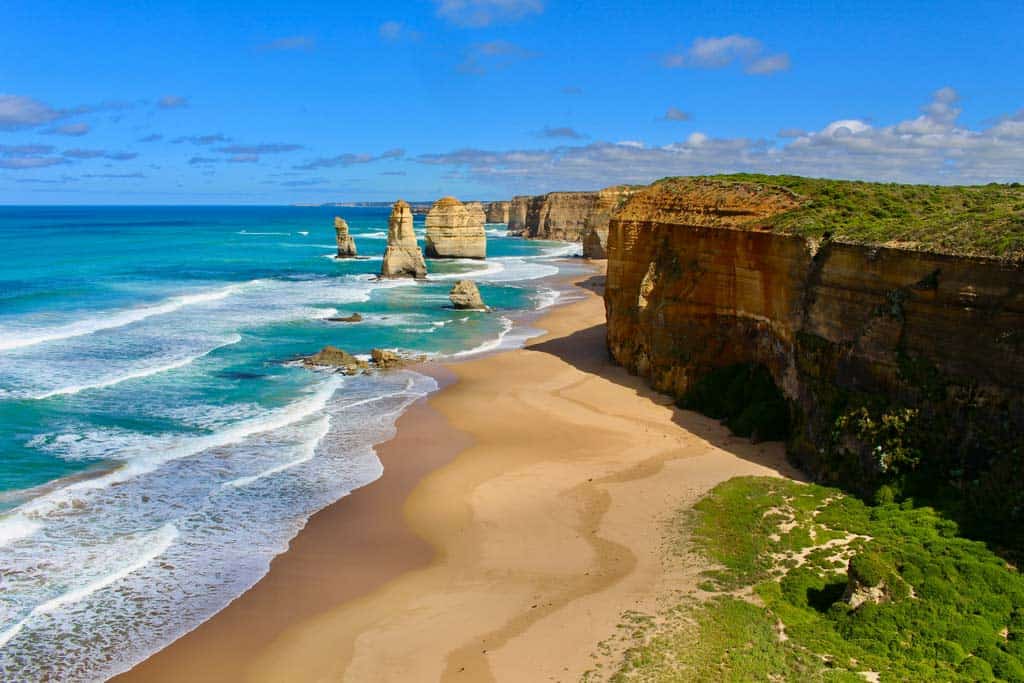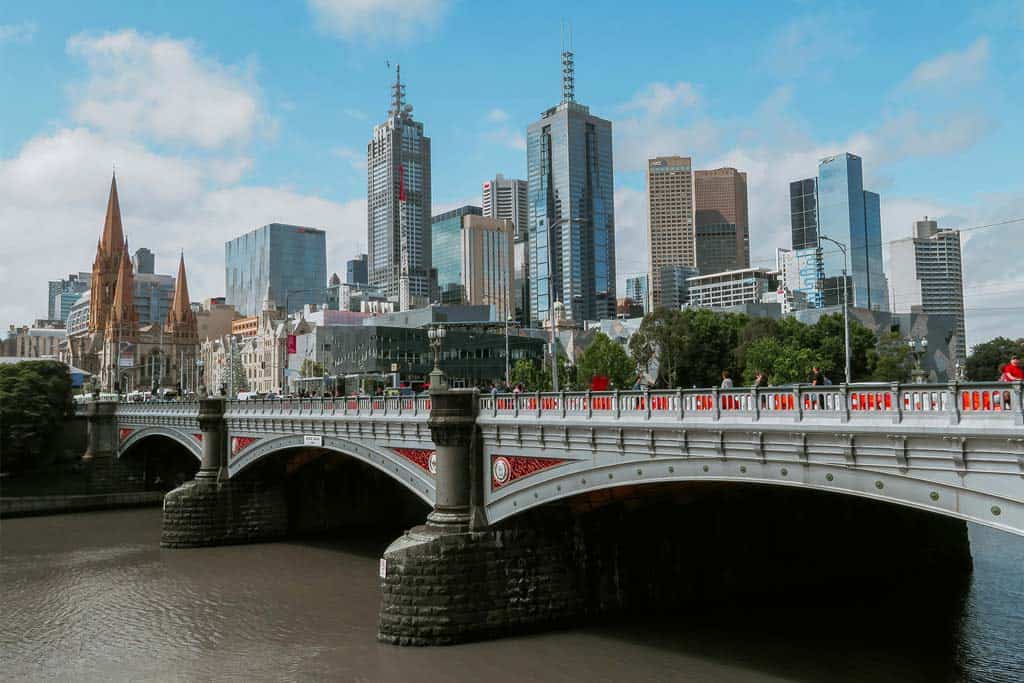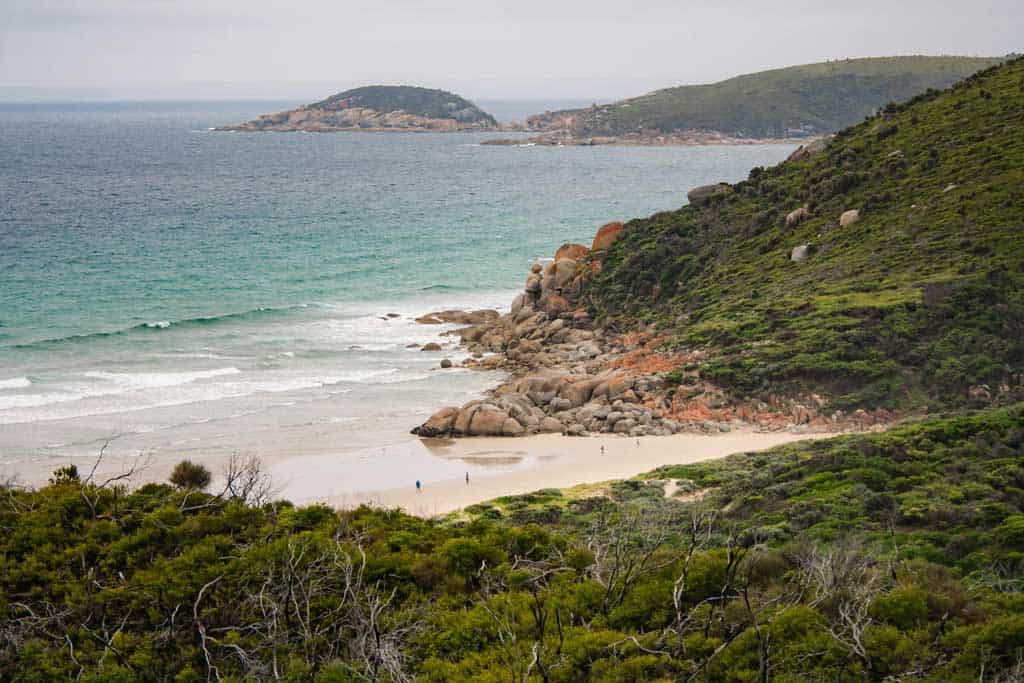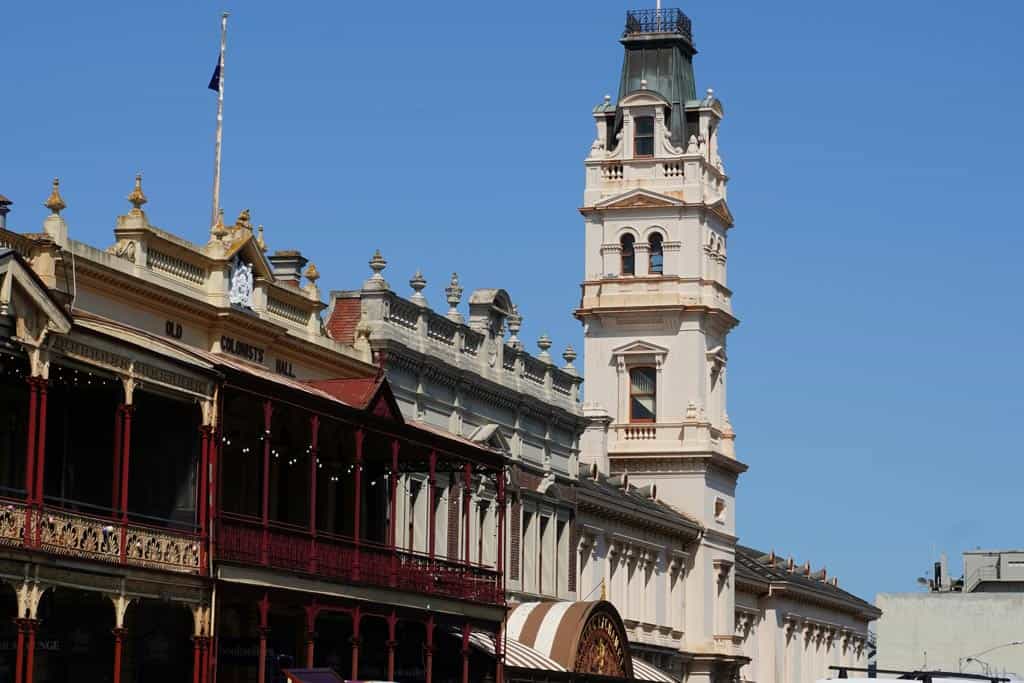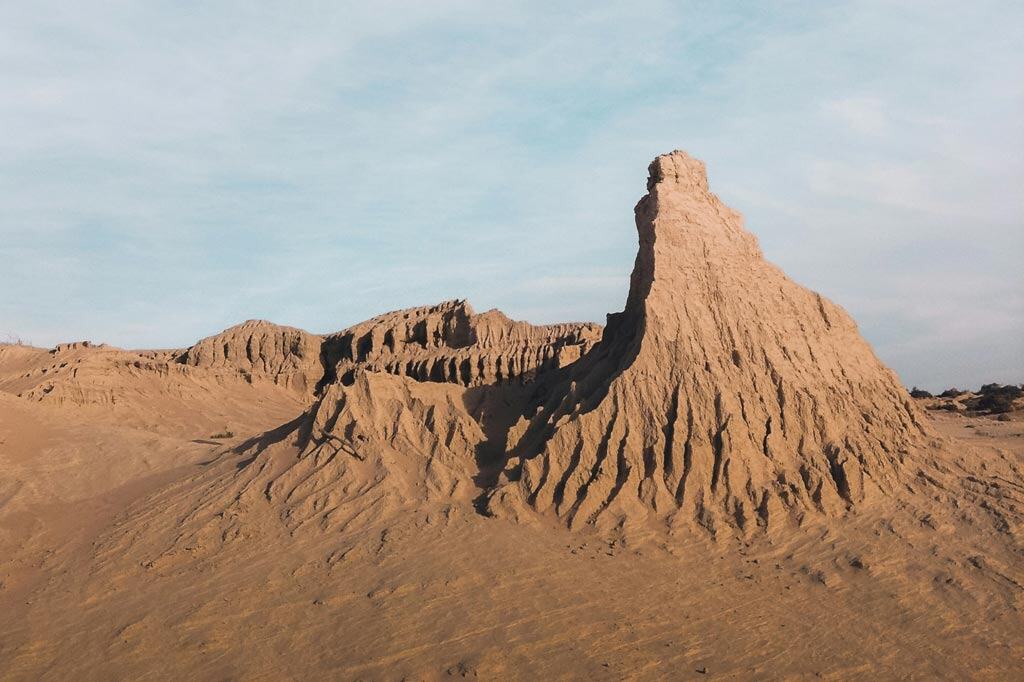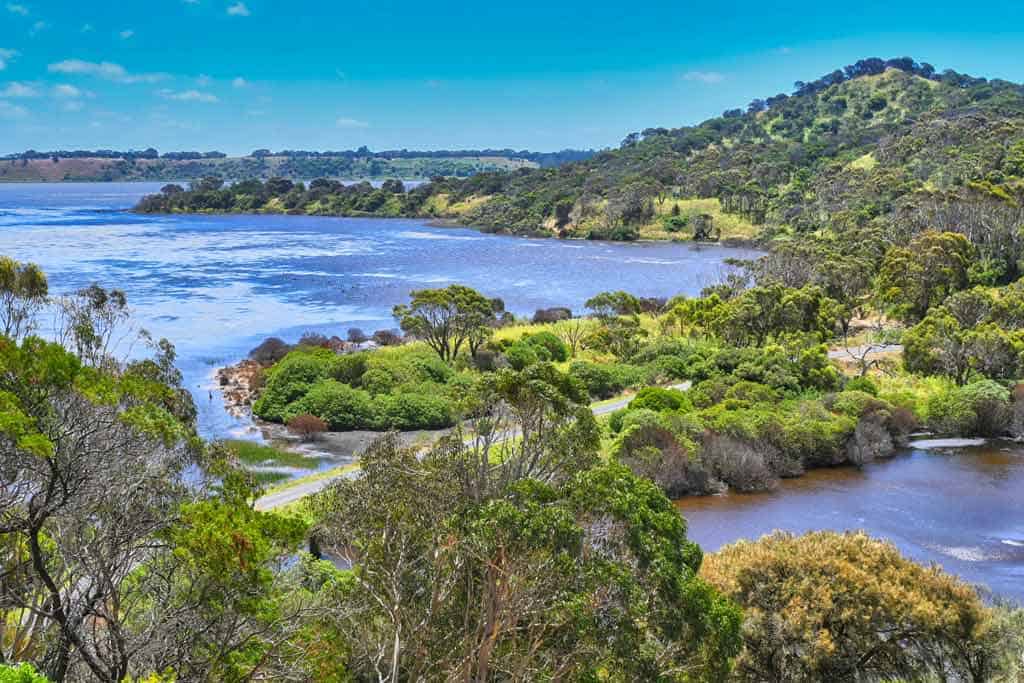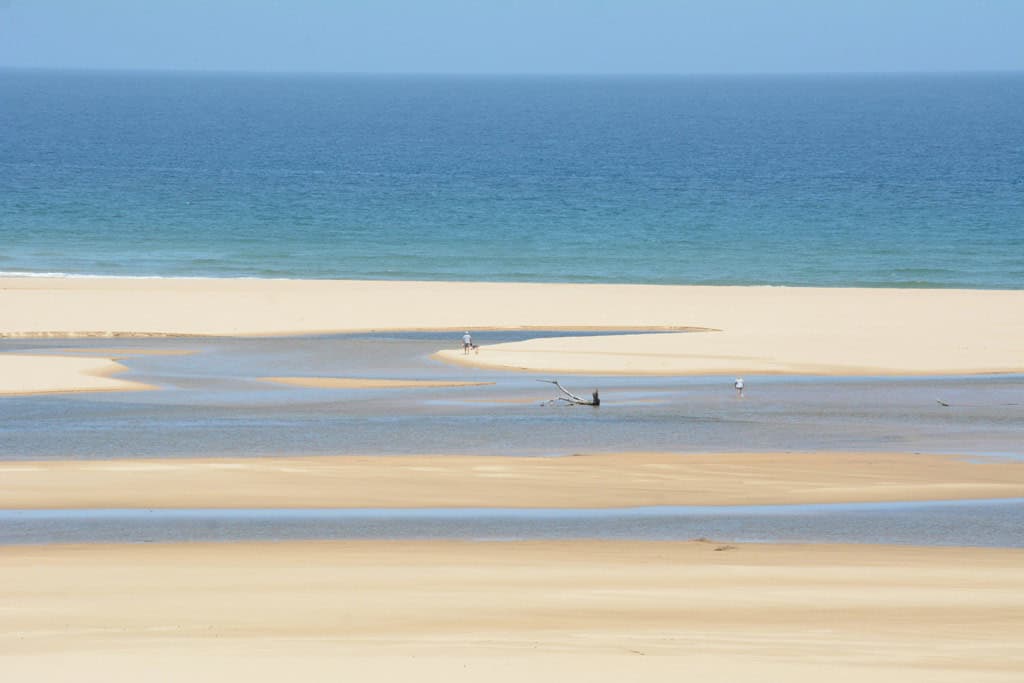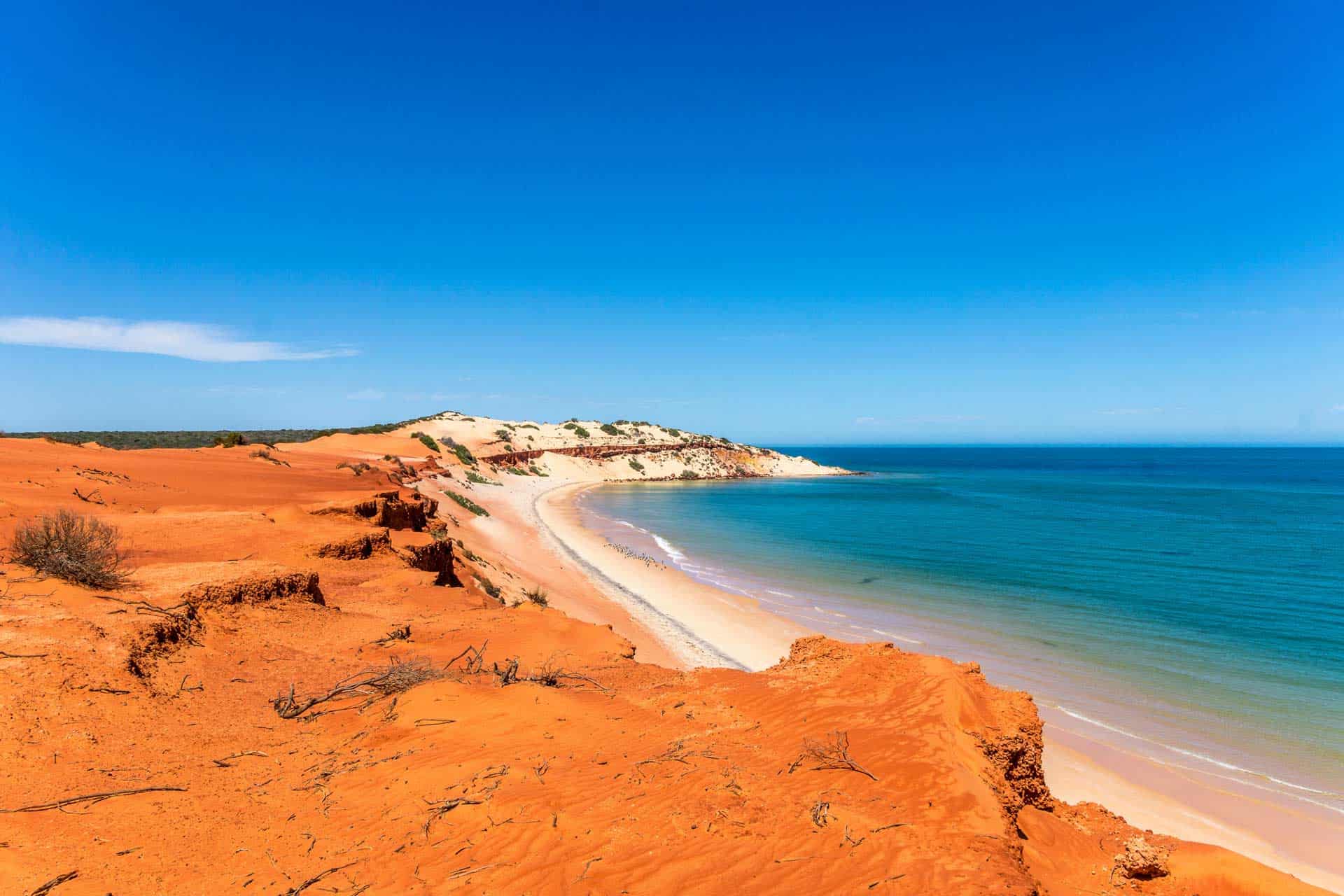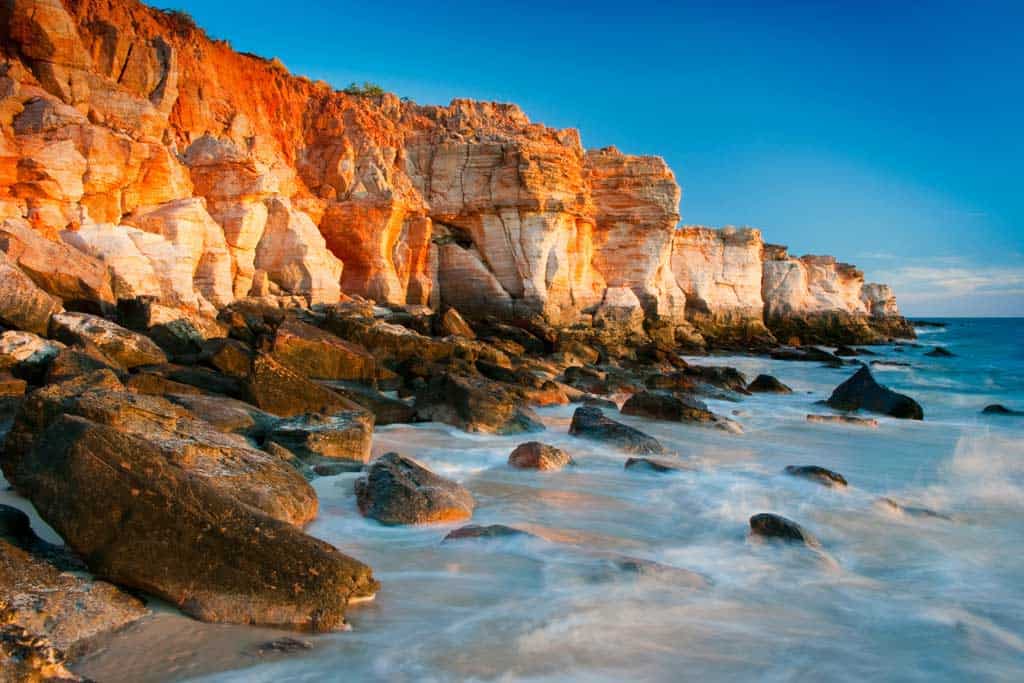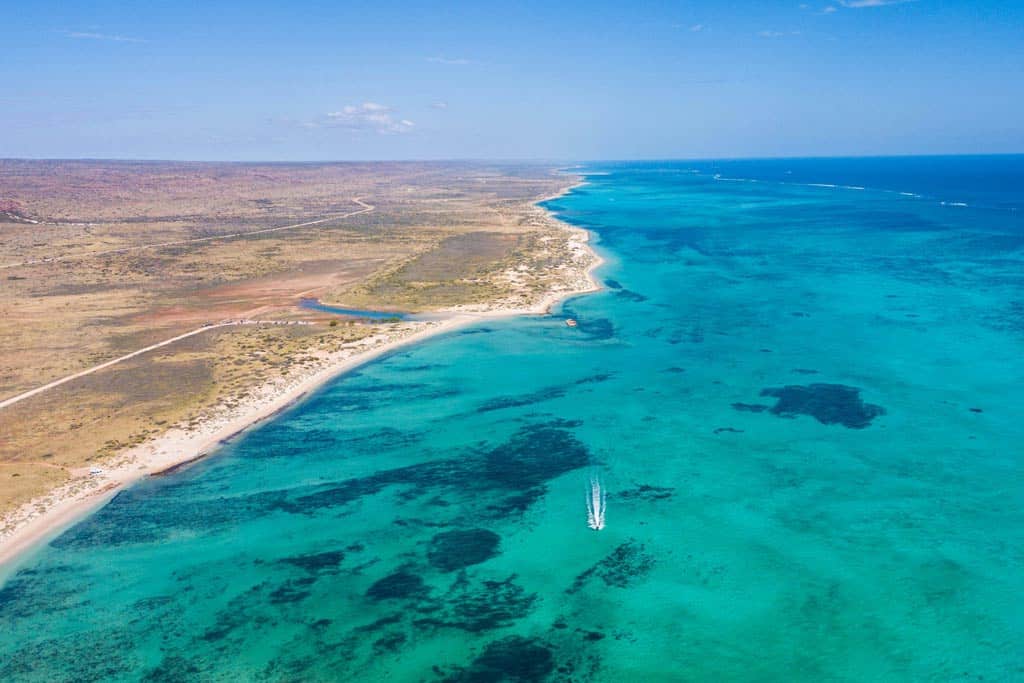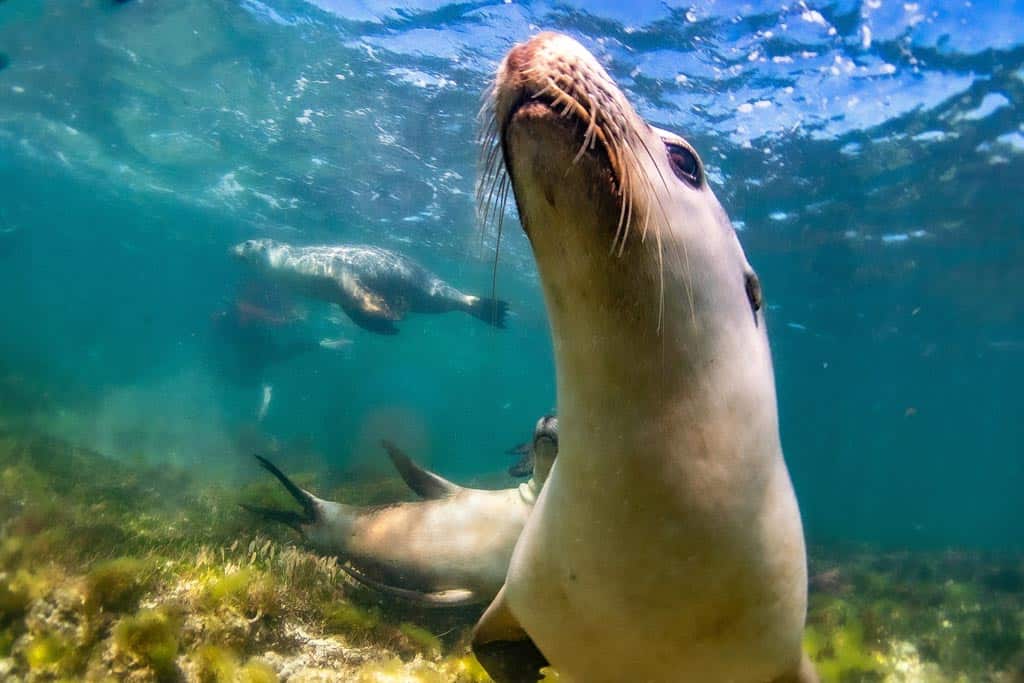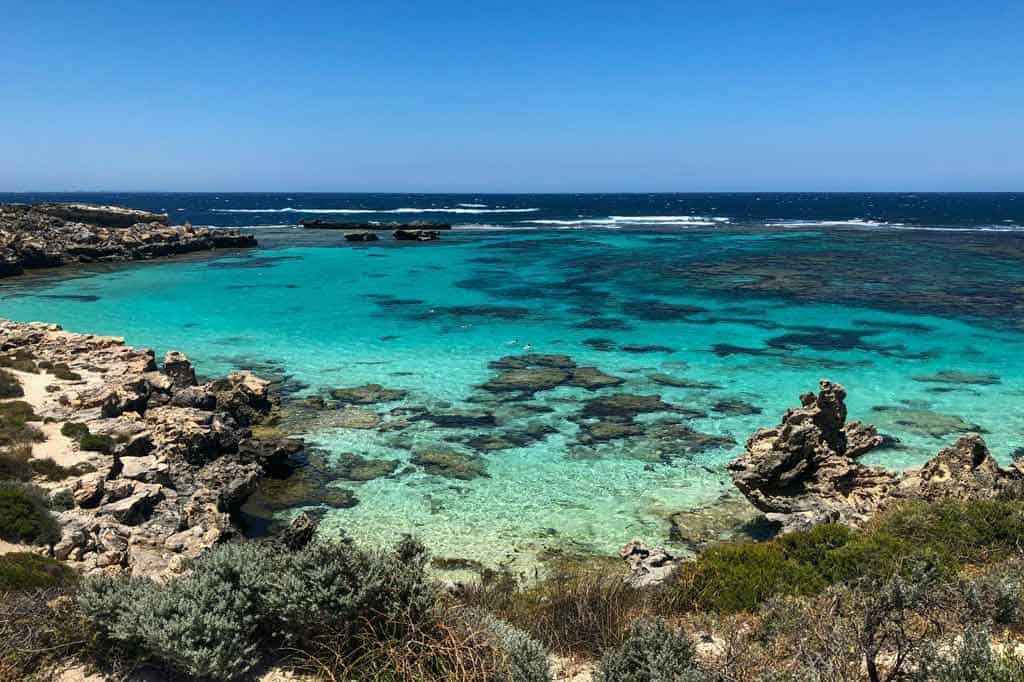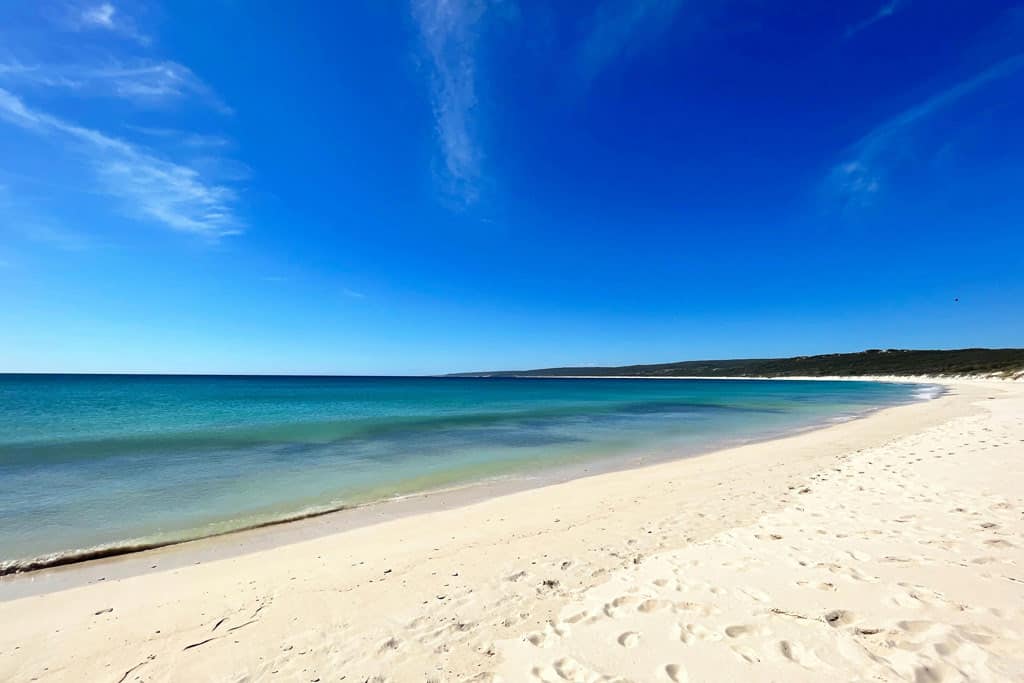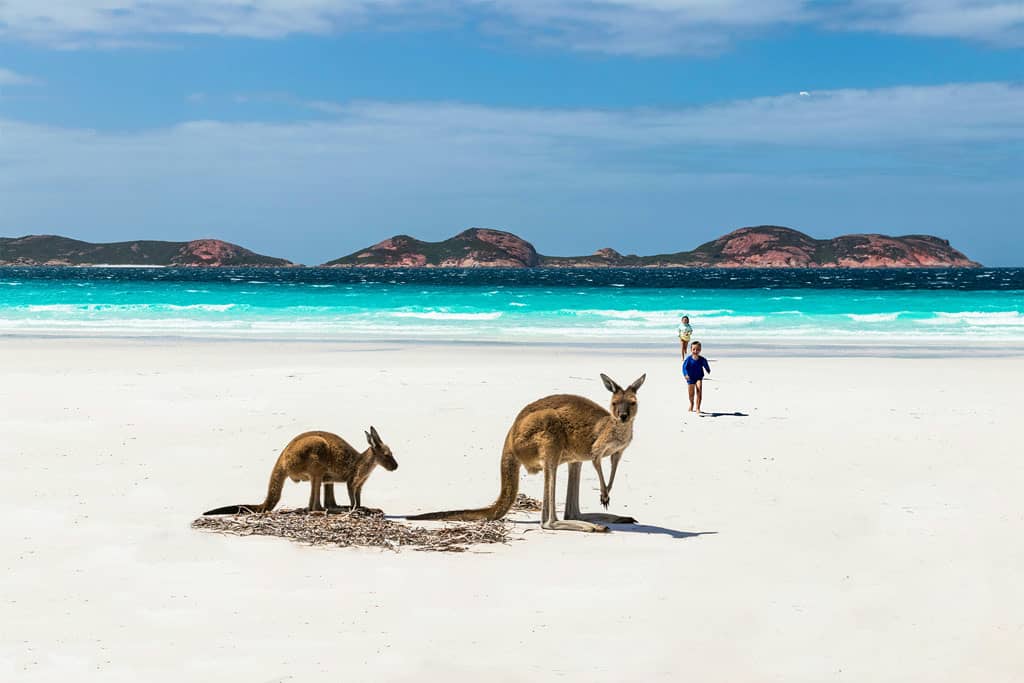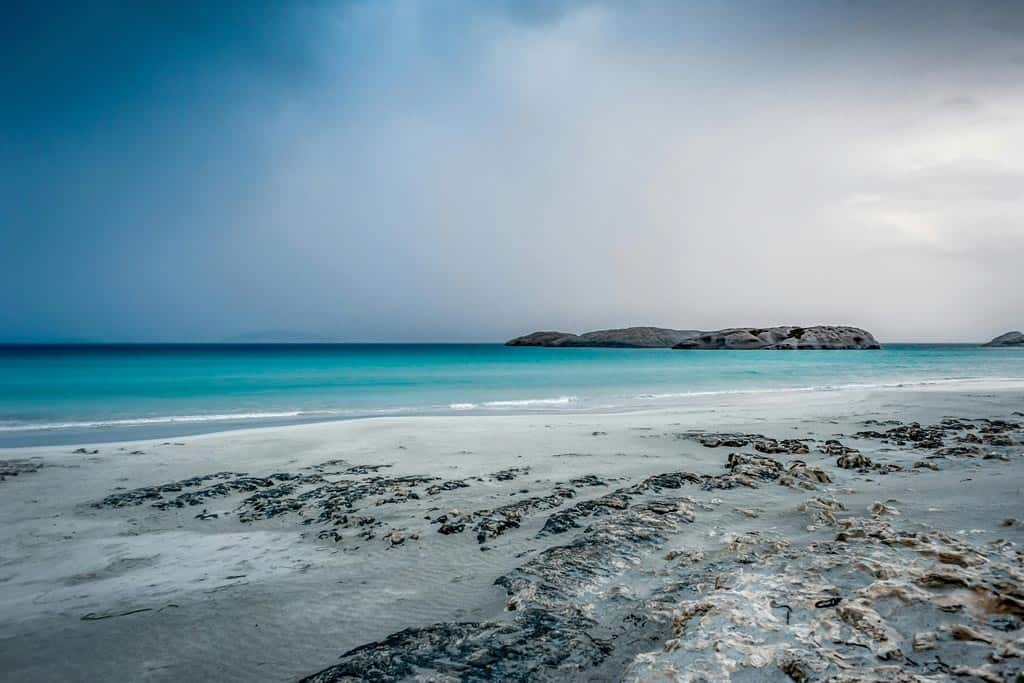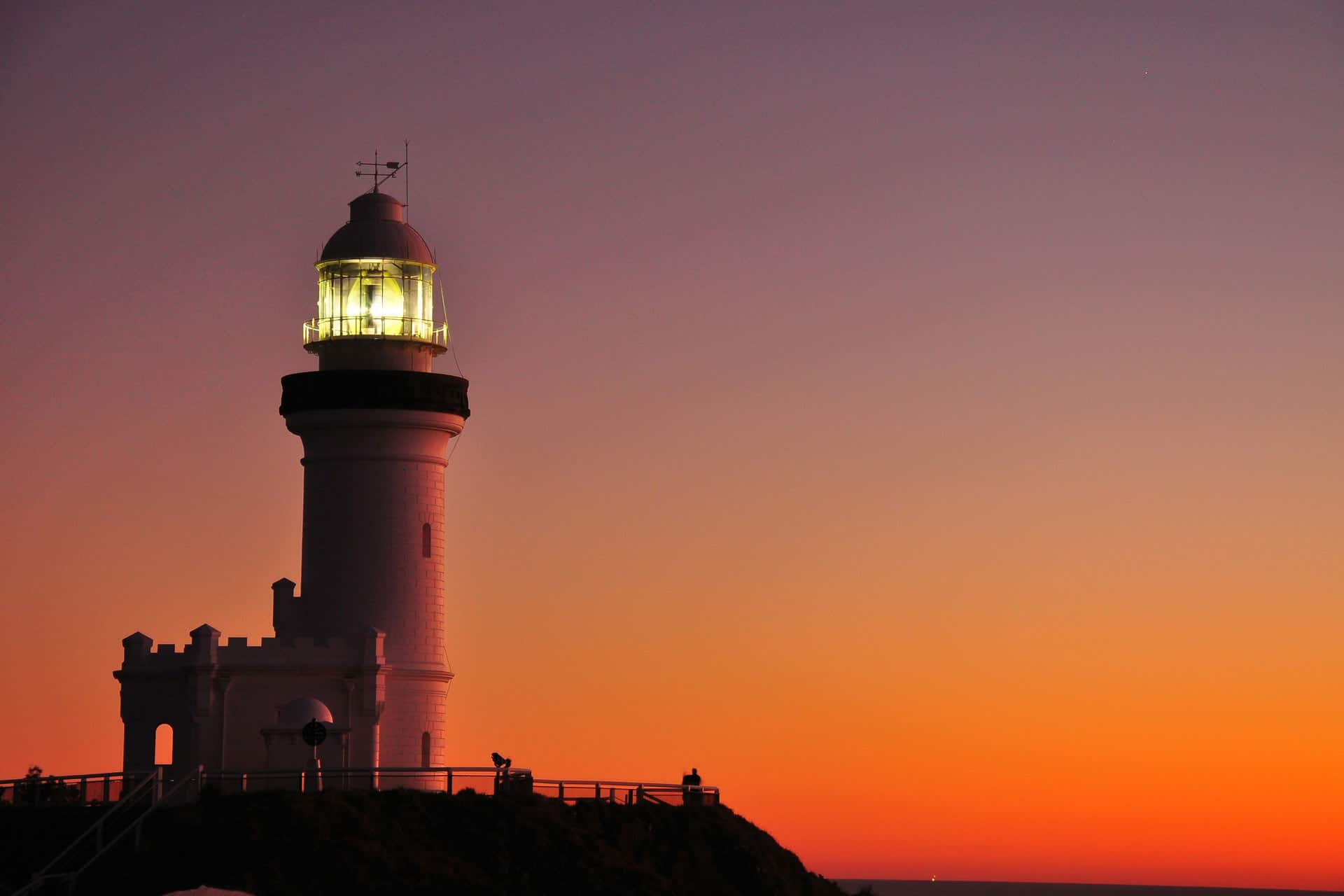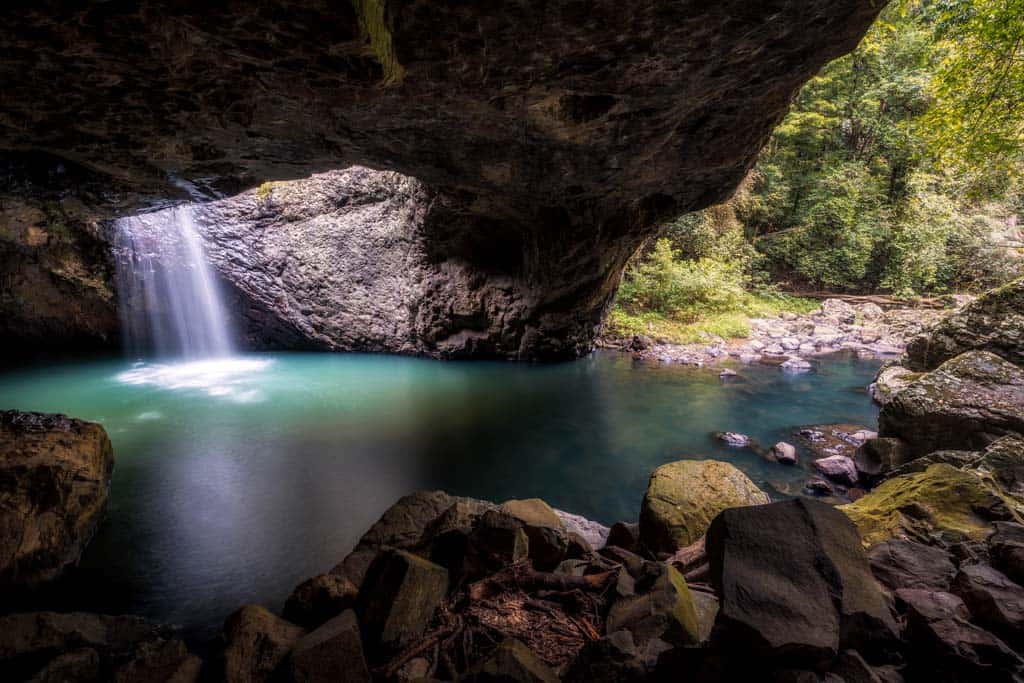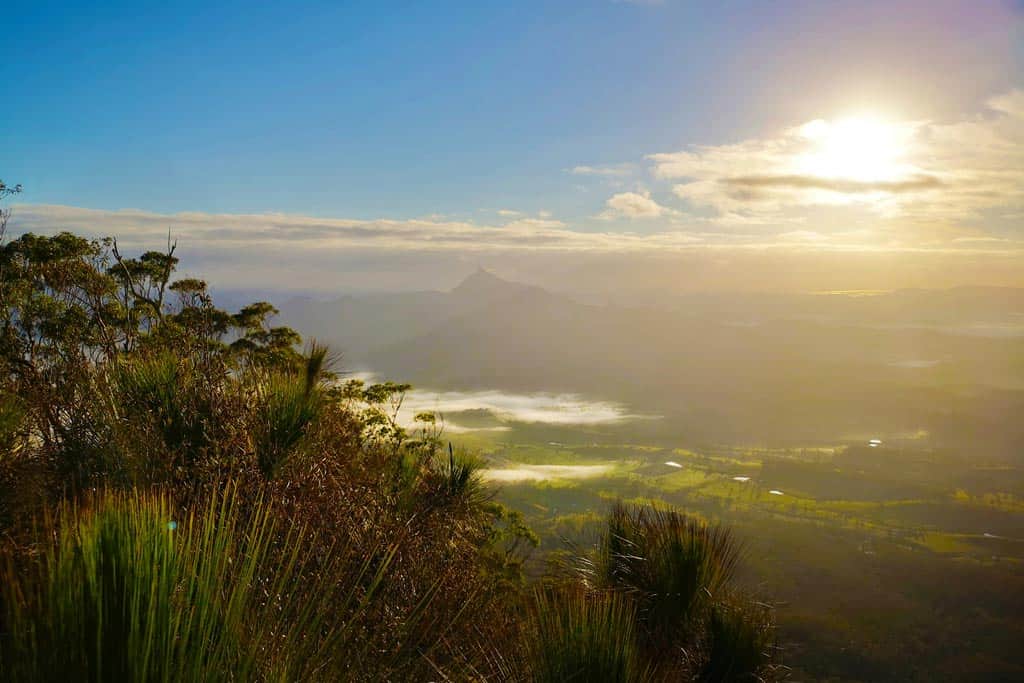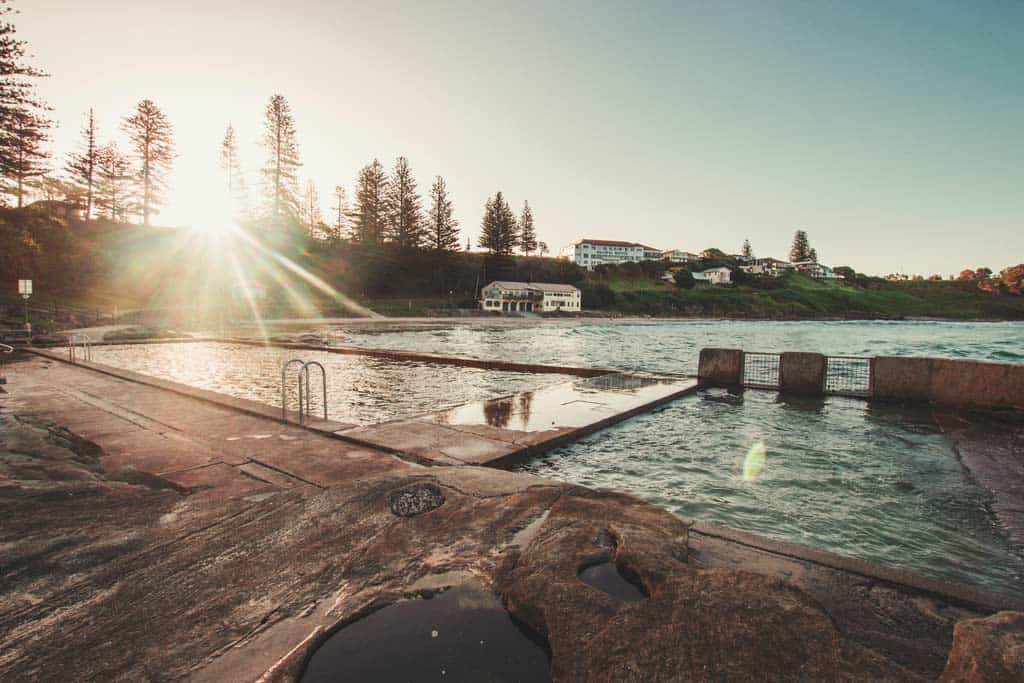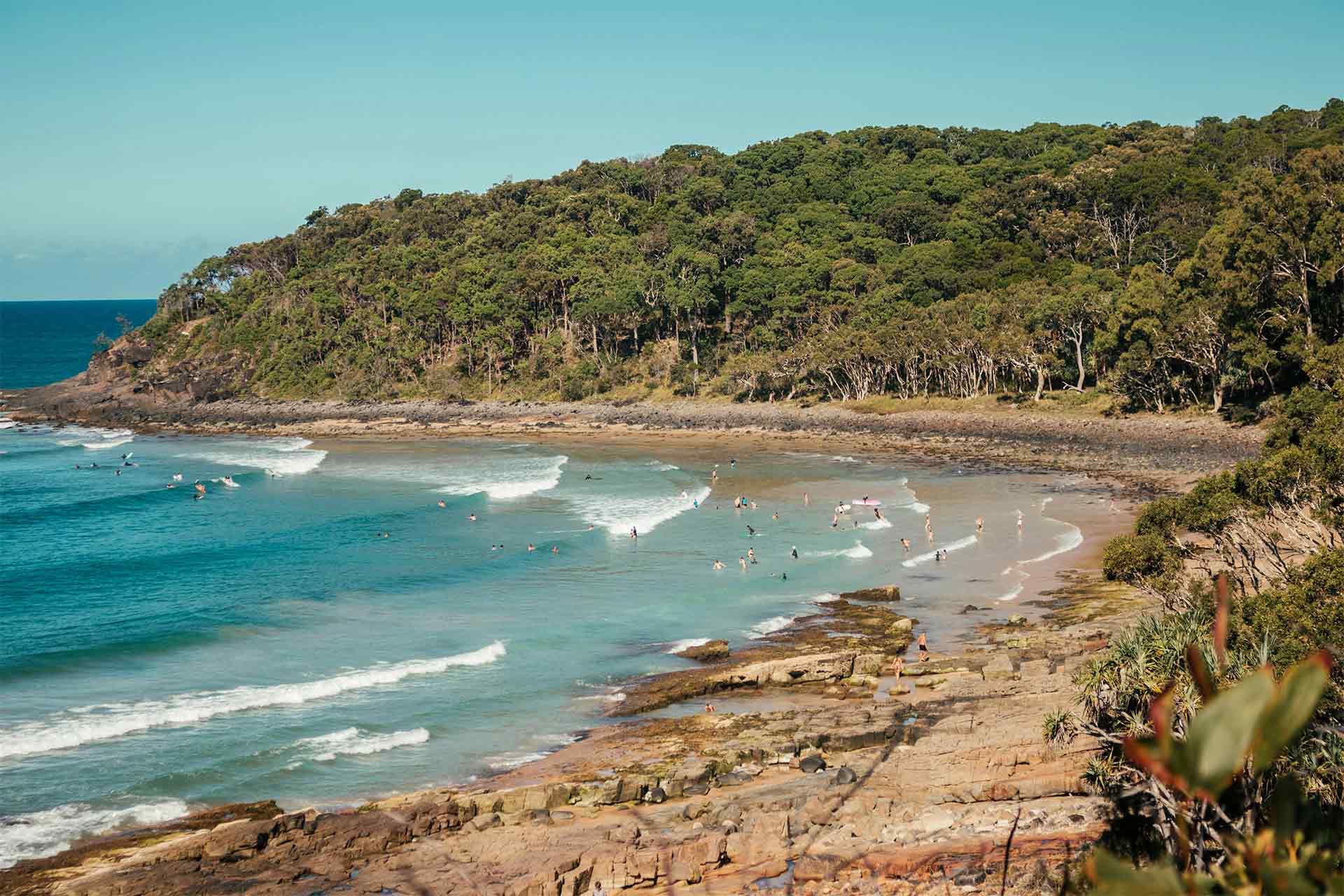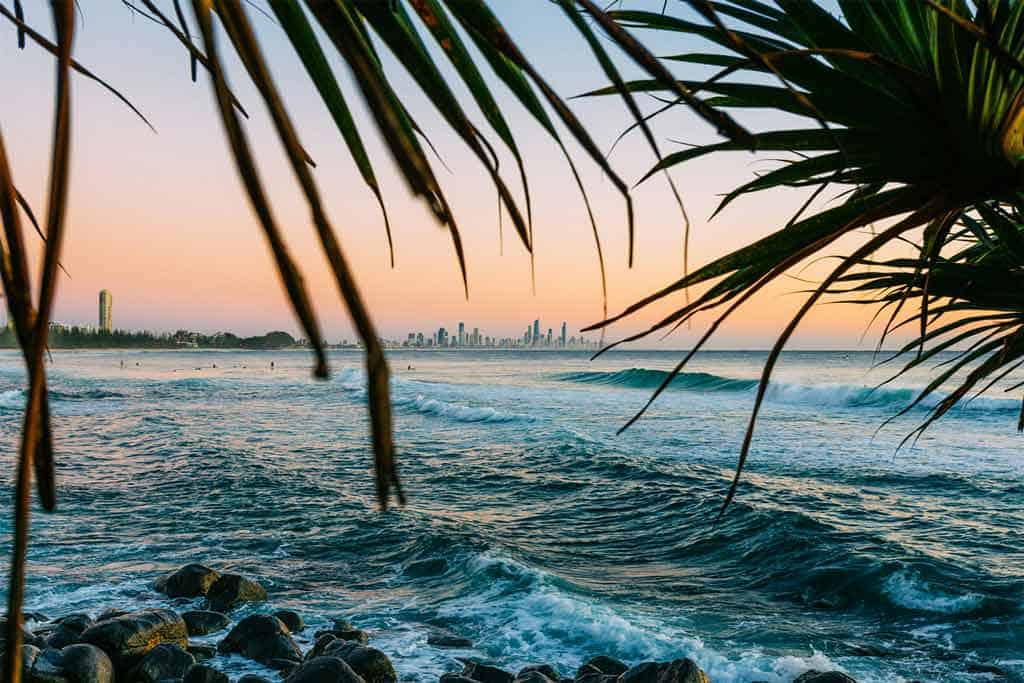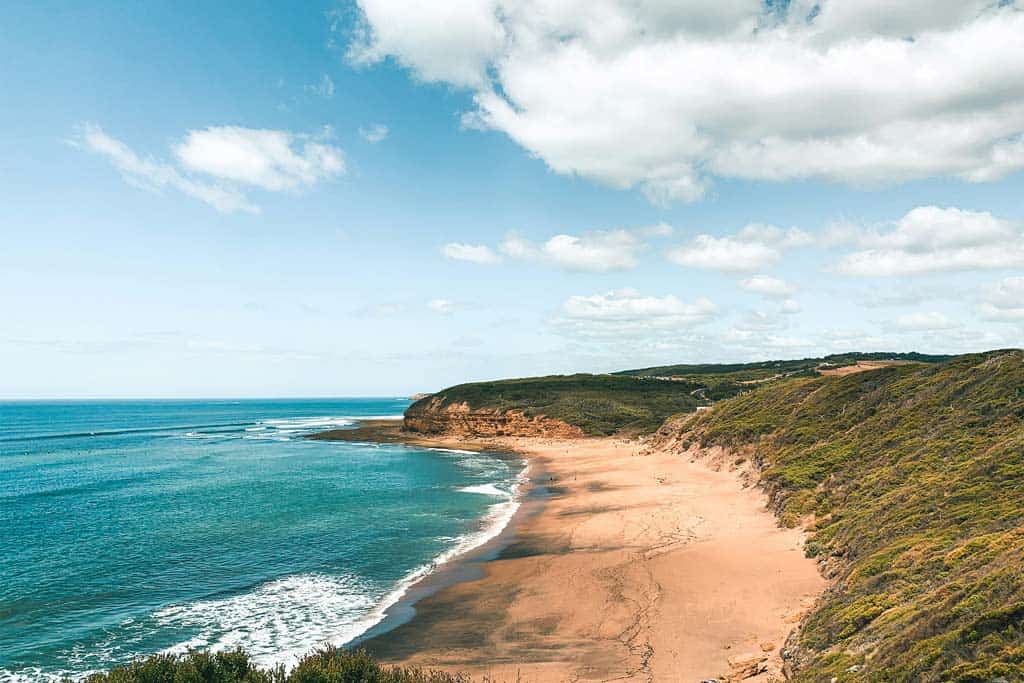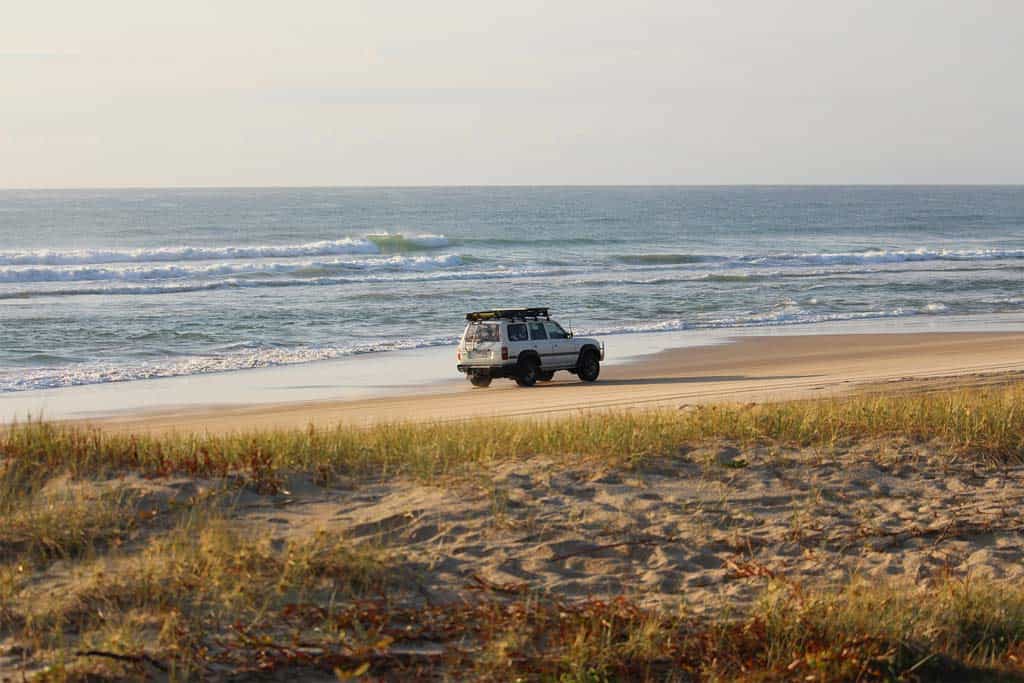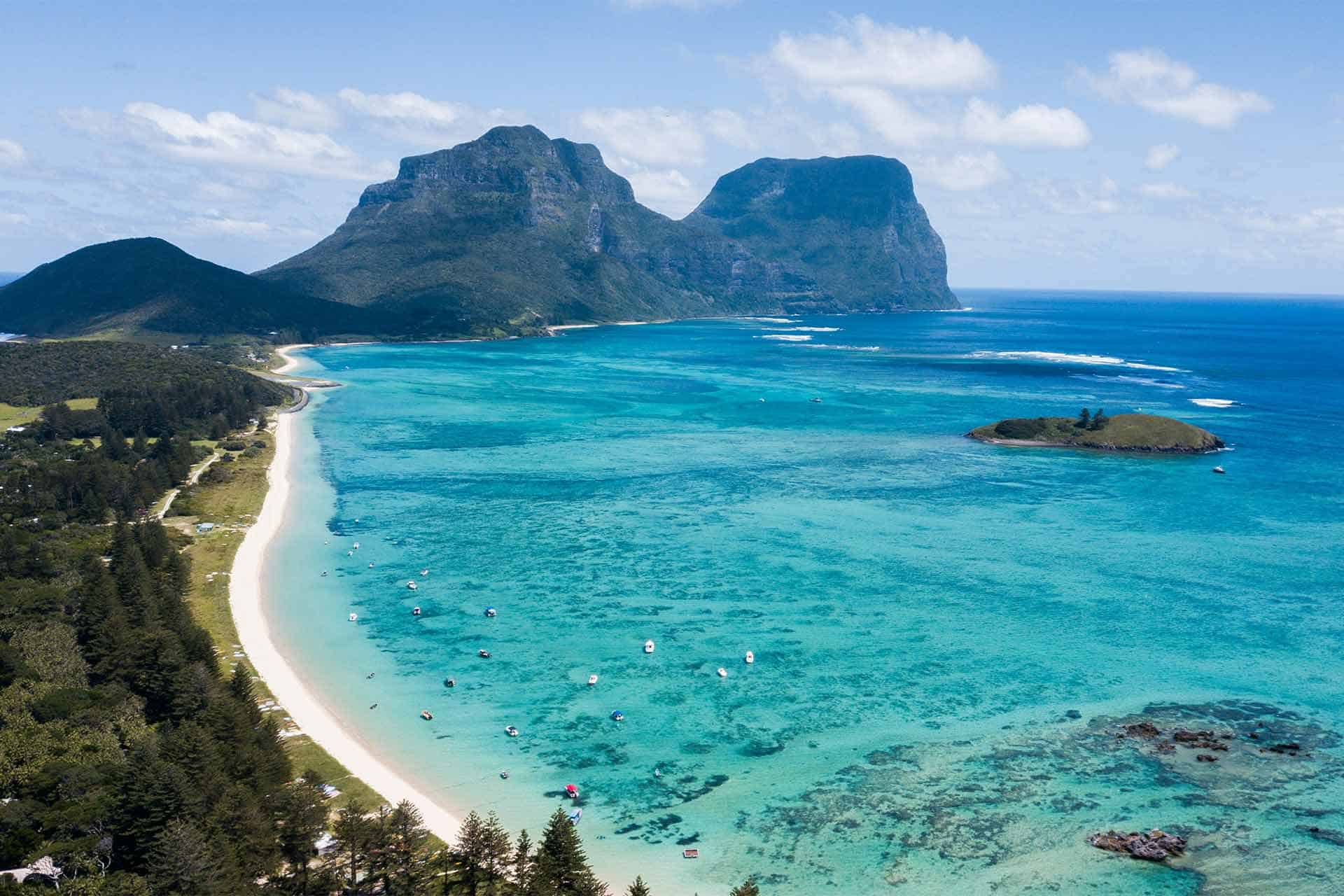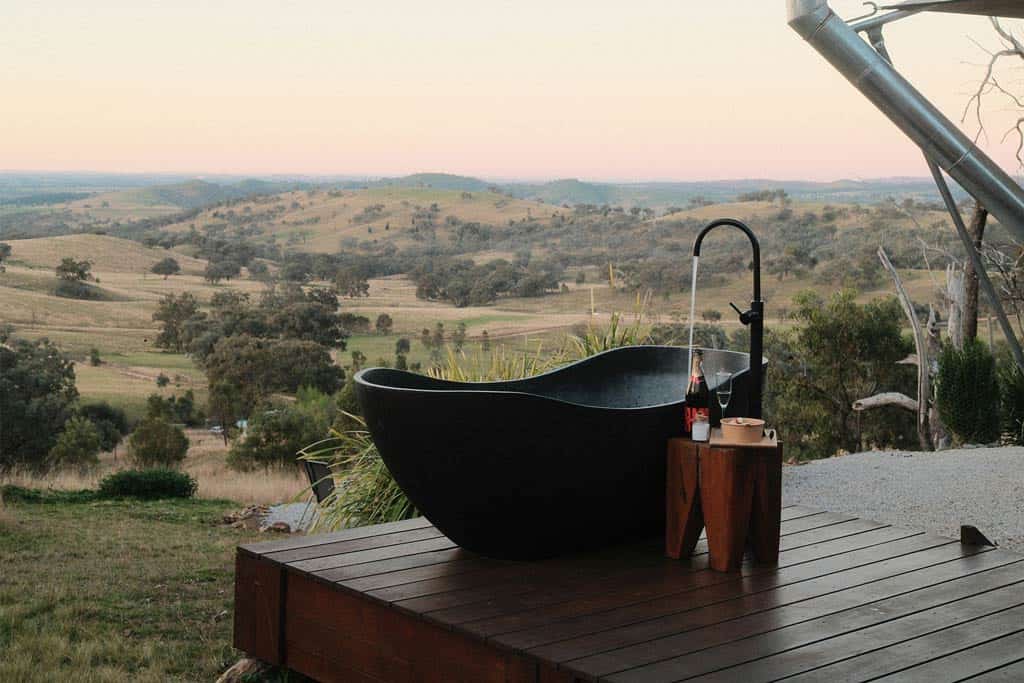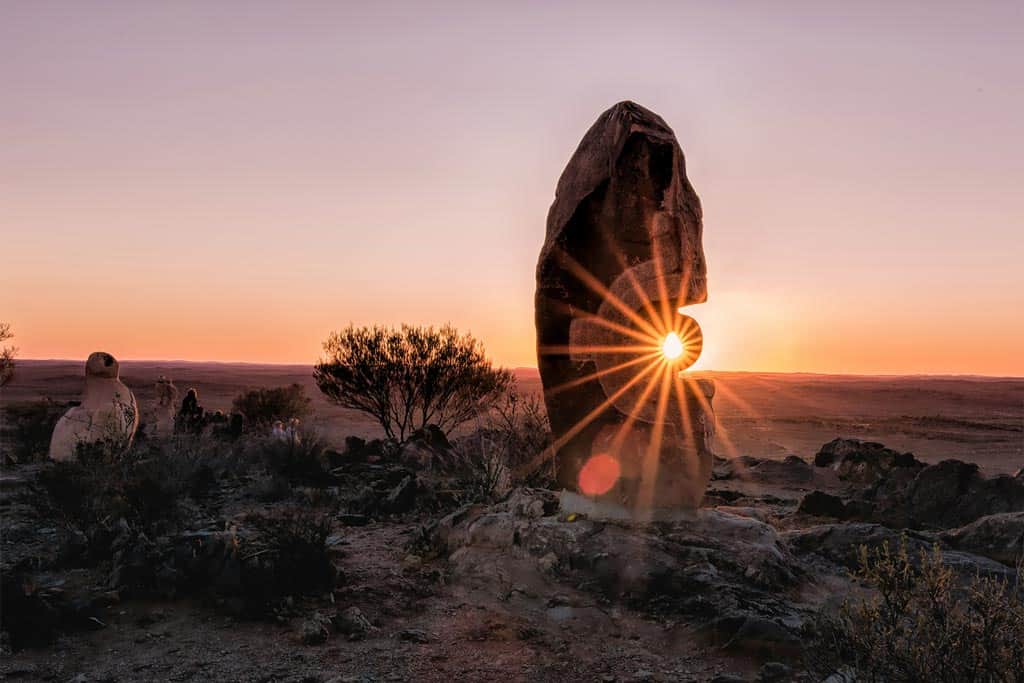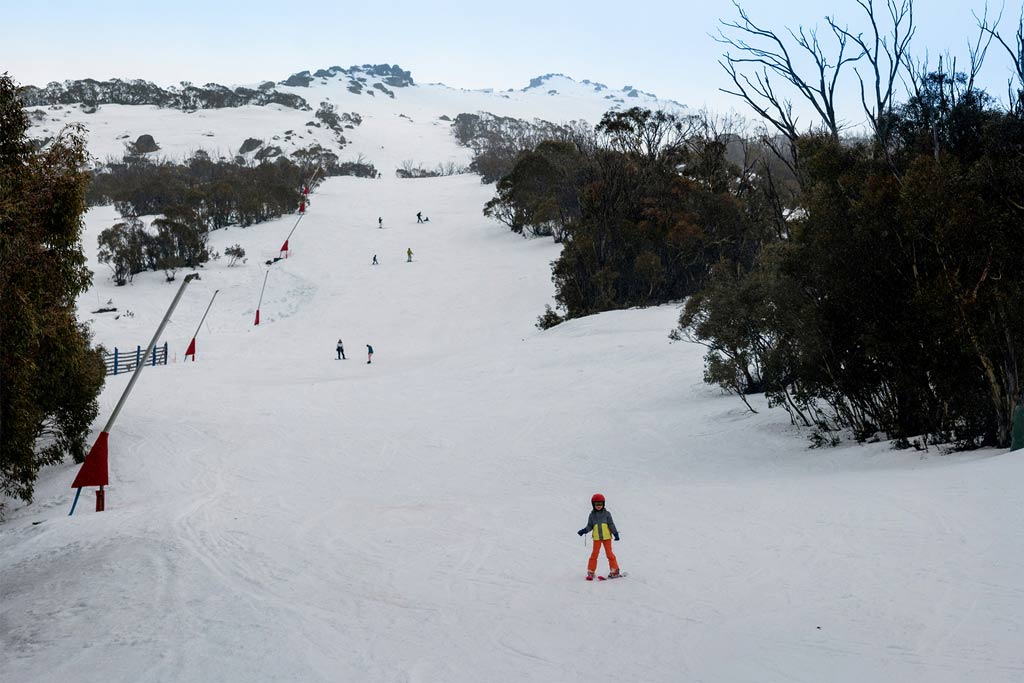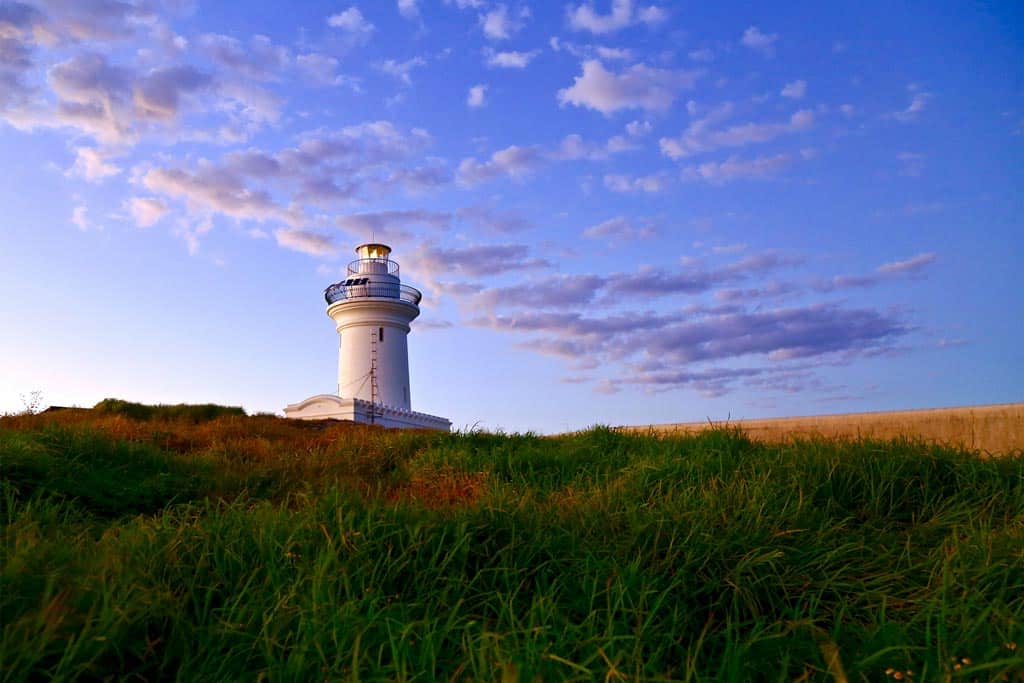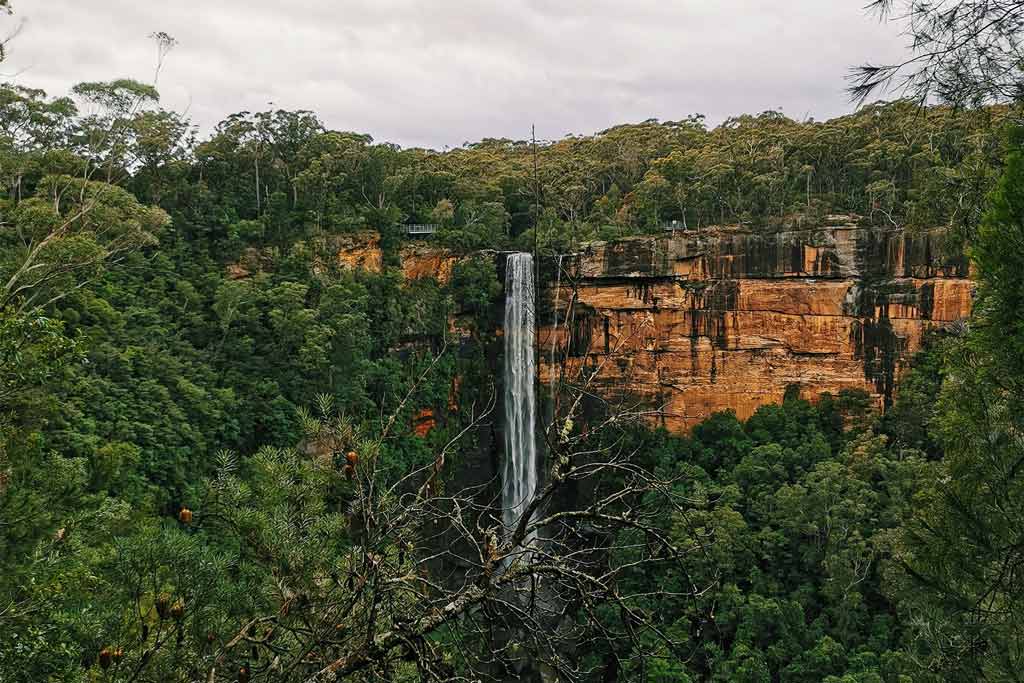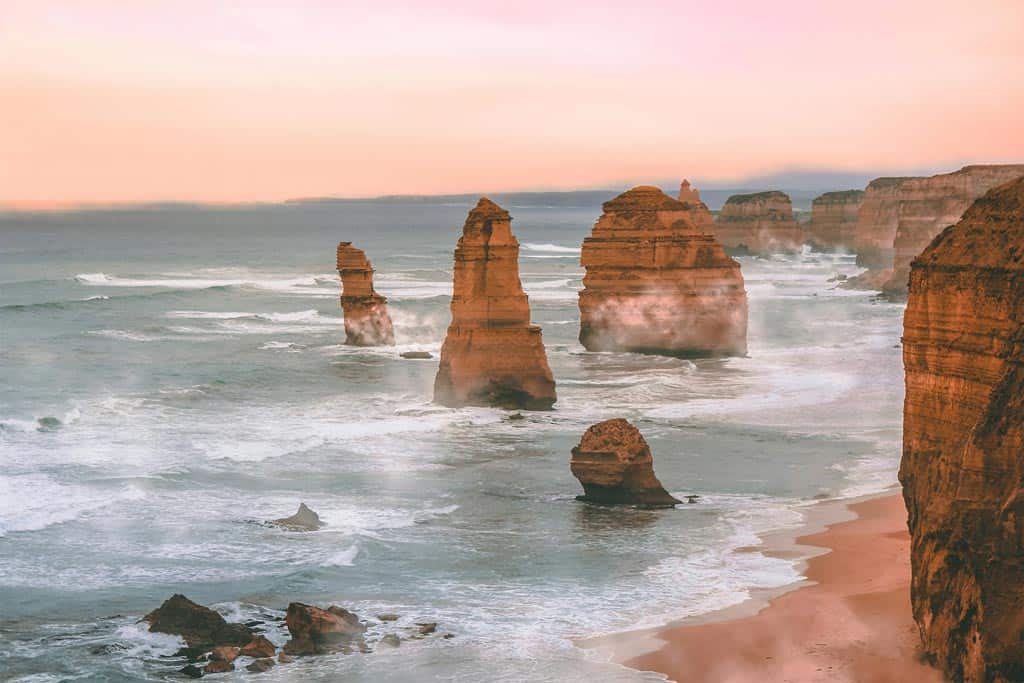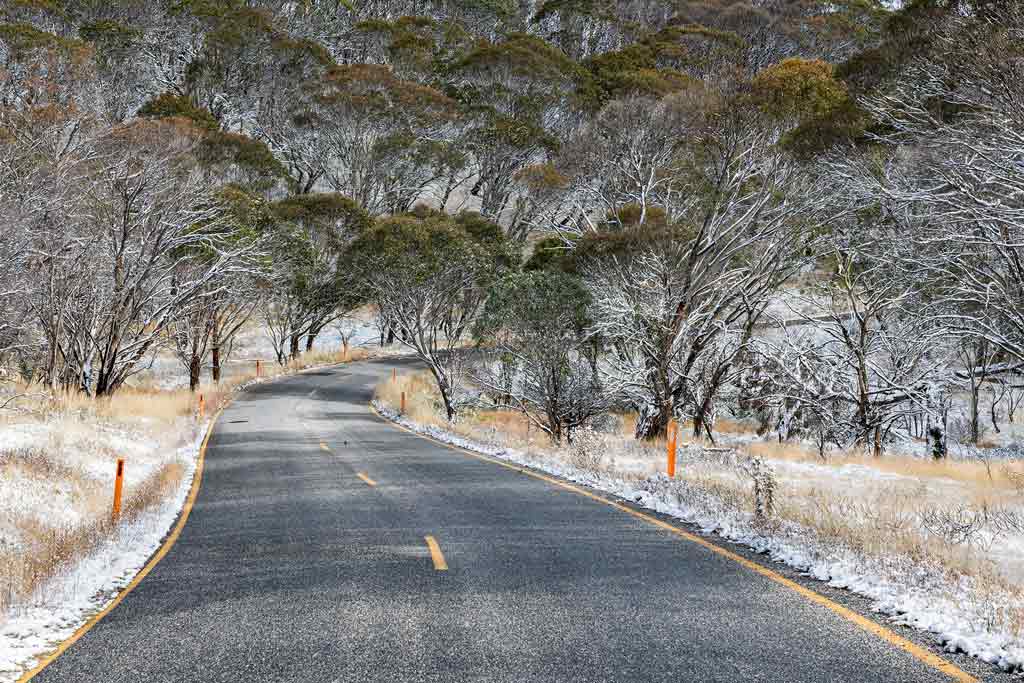From the Great Barrier Reef to the lush rainforests to the sunburnt Outback, here are the best places to visit in Queensland.
Queensland is Australia’s sun-soaked playground, brimming with natural wonders, lively cities, and fun adventures. There’s no shortage of exciting things to see and do here.
Its lively capital, Brisbane, enjoys an incredible average of 283 sunny days a year, making it an ideal year-round getaway.
Travel further north to Cairns, where the weather turns even more tropical, and hop on a boat to experience one of Australia’s most iconic natural wonders, the Great Barrier Reef.
Queensland’s coastline is sprinkled with sun kissed beaches, from the bustling shores of the Gold Coast to the relaxed, sun-soaked sands of Noosa.
Besides iconic places like the Great Barrier Reef and Whitsunday Islands, Queensland reveals countless hidden gems.
There are secluded waterfalls, colorful local markets, quirky art galleries, and spectacular wildlife encounters, from cuddling koalas to spotting crocodiles in the wild!
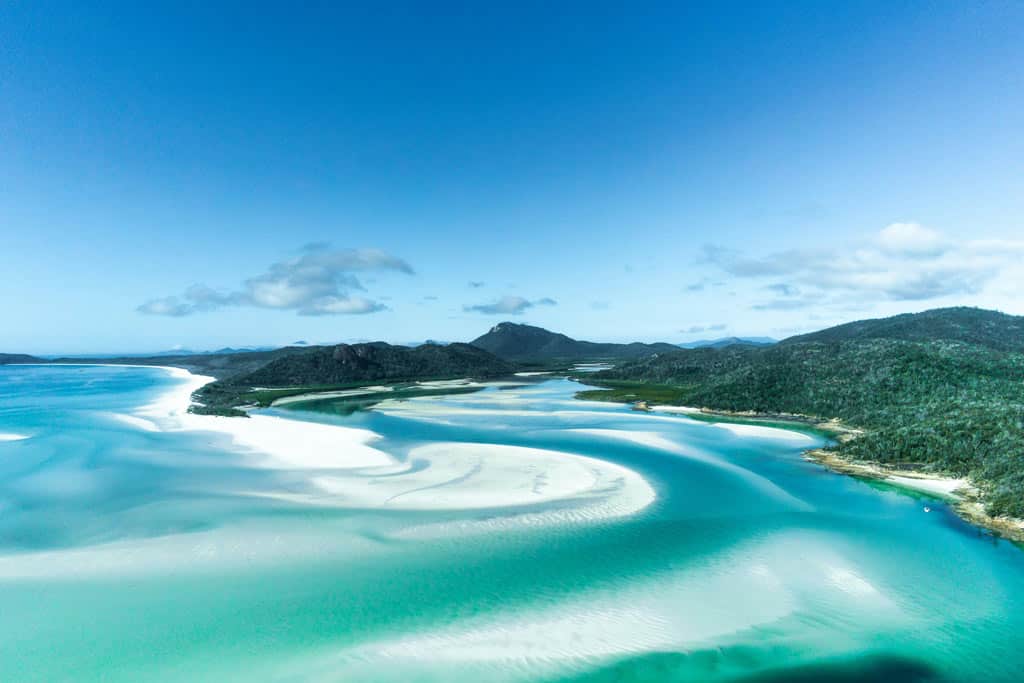
17 Best Places To Visit in Queensland
Be it chasing waves, delving into timeless Aboriginal stories, or venturing into the rugged heart of the outback, Queensland offers countless ways to explore, relax, and soak up the simple pleasures of its sunlit paradise.
To help you plan your adventure, here’s a guide to the best spots to see in Queensland. There are of course many more destinations that didn’t make the list, but this is just a brief overview.
The best way to explore Queensland, Australia, is with your own car! But if you don’t have a vehicle or want to rent one, you can still get to the most popular places via flights and public transport.
The best way to get around is to rent a car and explore on your own! We recommend Rental Cars, which has the largest range of vehicles for the best value on the market.
1. Brisbane
Brisbane, Queensland’s lively capital, is well worth a stop on your visit to the state.
Here, you’ll experience vibrant city life at its fullest, from buzzing laneways lined with street art and quirky cafes to rooftop bars that serve up stunning sunset views over the skyline.
The city’s bustling markets and thriving dining scene spill out onto sunny streets, inviting you to linger over local produce, artisan goods, or a lazy brunch.
Take time to wander along the Brisbane River, which winds gracefully through the heart of the city. It’s the perfect place to embark on riverside walks, bike rides, or a scenic cruise aboard a CityCat ferry.
If you’re into history, stop by the grand City Hall in King George Square, a beautiful heritage building that still hosts concerts and exhibitions.
Besides the city hall, there are many other historic sites in Brisbane, such as the Old Windmill, Queensland’s oldest surviving building, and the striking Story Bridge, which you can even climb for incredible views.
Meanwhile, art enthusiasts will find world-class collections at the nearby galleries in South Bank, including the impressive QAGOMA, which showcases contemporary works and thought-provoking installations.
Find more things to do nearby with these day trips from Brisbane!
2. Gold Coast
No trip to Queensland is complete without spending some time on the Gold Coast, Australia’s glittering playground where laid-back beach culture meets big-city energy.
Just an hour south of Brisbane, this sun-soaked region is famous for its endless sandy beaches, world-class surf breaks, and vibrant nightlife.
The heart of the Gold Coast is Surfers Paradise, a bustling hub where high-rise towers overlook golden shores, and the streets buzz with shops, restaurants, bars, and entertainment. Here, you can catch a wave, relax on the beach, or wander through beachfront markets by day and dive into lively nightspots after dark.
Beyond the beautiful beaches, there’s plenty to enjoy on the Gold Coast. Head to the city centre for stylish dining and boutique shopping, or venture into the lush hinterland where you’ll find waterfalls, rainforest walks, and charming mountain villages.
Families visiting the Gold Coast can spend the day at famous theme parks like Dreamworld and Movie World, while animal lovers should stop by the Currumbin Wildlife Sanctuary to meet kangaroos, koalas, and other native animals.
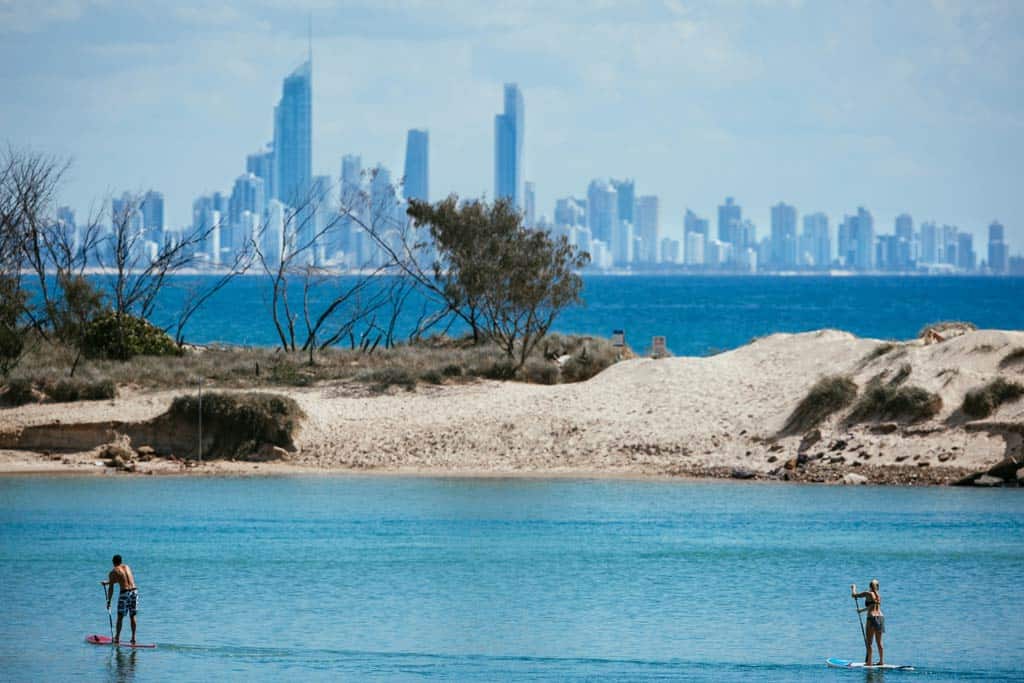
3. Noosa
A visit to Noosa is a must for anyone exploring Queensland.
Tucked along the stunning Sunshine Coast, this coastal gem is celebrated for its natural beauty and laid-back atmosphere, making it one of the most popular attractions outside of Tropical North Queensland and the Great Barrier Reef.
Start your exploration in Noosa National Park, famous for its scenic walking trails that weave through lush forests and open up to breathtaking ocean vistas.
One of the best ways to experience Noosa National Park is by hiking the coastal track, where you’ll wander along rugged cliffs with the sea sparkling below. Keep your eyes peeled for dolphins riding the waves and turtles popping up in the crystal-clear water, a classic Sunshine Coast moment!
Along the way, you’ll discover idyllic spots like Tea Tree Bay, a peaceful cove perfect for a swim, a lazy afternoon on the sand, or simply watching surfers glide across the gentle breaks.
After your walk, you can easily pop back into Noosa’s lively town centre for boutique shopping, a local coffee, or a fresh seafood lunch overlooking the water.
4. Great Barrier Reef
The Great Barrier Reef is hands down one of the most visited attractions in Queensland, and it’s easy to see why.
Stretching over 2,300 km along the Coral Sea, this dazzling underwater ecosystem is not only the world’s largest reef system but also one of Australia’s most treasured UNESCO World Heritage sites.
It’s a bucket-list destination that draws avid divers and snorkelers from all over the globe.
Most people picture the reef as part of Tropical North Queensland, and they’re right. Places like Cairns and Port Douglas are classic jumping-off points to explore the Great Barrier Reef.
If you’re staying in Cairns, consider booking a Great Barrier Reef half-day snorkeling tour, one of the easiest ways to experience this incredible underwater world.
You’ll also find plenty of reef tours departing from Port Douglas and Airlie Beach. Besides snorkeling, you can try scuba diving, cruising over vibrant coral gardens on a glass-bottom boat, or relaxing for a day on a floating reef pontoon right in the middle of the ocean.
Don’t overlook the Southern Great Barrier Reef. This part of the Great Barrier Reef has a more laid-back vibe and often fewer crowds, perfect for couples and those who prefer a tranquil vacation.
The Southern Great Barrier Reef is home to some of Queensland’s hidden gems, like Heron Island and Lady Elliot Island, where you can quite literally step off the beach and be snorkeling in crystal-clear waters teeming with marine life.
The Southern Great Barrier Reef also boasts fantastic dive sites, offering unforgettable encounters with vibrant marine life.
5. Cairns
Cairns is often the first stop for those exploring Tropical North Queensland, and it’s easy to see why.
This laid-back city serves as the primary gateway to the Great Barrier Reef, making it one of the top attractions in all of Queensland.
From here, you can hop on countless reef tours and enjoy snorkeling, scuba diving, or sailing over dazzling coral gardens on a glass-bottom boat.
But there’s more to enjoy in Cairns beyond the Great Barrier Reef. Stroll along its lively Esplanade, take a dip in the waterfront lagoon, and soak up the sunshine that Queensland is famous for.
For those craving even more adventure, head north to Port Douglas, a stylish coastal town that also serves up easy access to the reef and the ancient Daintree Rainforest. Or take the ferry to an offshore island paradise like Fitzroy Island or Green Island.
And if you’re after something uniquely enchanting, don’t miss a visit to Paronella Park. It’s an extraordinary heritage-listed site where a Spanish-style castle stands hidden in the rainforest near Mena Creek.
There are also lots of waterfalls, beaches, and cultural attractions around the Cairns area.

6. Whitsunday Islands
The Whitsunday Islands are one of Queensland’s true showstoppers, a collection of idyllic islands scattered across the turquoise Coral Sea, just off the coast from Airlie Beach.
Known for their breathtaking natural beauty, the Whitsundays offer a dreamy contrast to the bustling Gold Coast and the relaxed charm of the Sunshine Coast.
Most visitors kick things off in Airlie Beach, a lively resort town that serves as the perfect gateway to the islands.
From here, you can join sailing tours, snorkel or dive the vibrant fringing reefs, or take a scenic flight for an unforgettable view of the swirling sands of Whitehaven Beach.
If you’re keen to see one of the region’s most iconic sights from above, consider booking an Airlie Beach: Whitsunday Islands & Heart Reef Scenic Flight, a fantastic way to admire the breathtaking patterns of the coral and turquoise lagoons.
Don’t miss Whitehaven Beach, famous for its dazzling white silica sand and crystal-clear waters. It’s a breathtaking scene that looks like it was lifted straight from a postcard.
Another top attraction is Hamilton Island, the most developed of the Whitsundays, where you’ll find upscale resorts, marina-front dining, and even opportunities to meet Aussie wildlife up close.
7. Sunshine Coast
The Sunshine Coast is one of Queensland’s most beloved regions. It is more laid-back than the bustling Gold Coast and a perfect complement to adventures in Tropical North Queensland and the Great Barrier Reef.
Just a short drive north of Brisbane, the Sunshine Coast greets you with breathtaking natural scenery, friendly coastal towns, and a laid-back vibe that makes it easy to unwind.
Stretching along a beautiful coastline, the Sunshine Coast is famous for its golden beaches, from the family-friendly shores of Mooloolaba to the legendary surf breaks at Noosa. Spend your days soaking up the sun, trying your hand at surfing, or simply strolling along the sand with an ice cream in hand.
But there’s more to the Sunshine Coast than just its beaches. Head inland and you’ll discover the lush hinterland, dotted with charming villages like Montville and Maleny, where you can browse local art galleries, sip on fresh coffee, and enjoy sweeping views.
Nature lovers can hike through Sunshine Coast’s rainforest trails or chase waterfalls in nearby national parks.
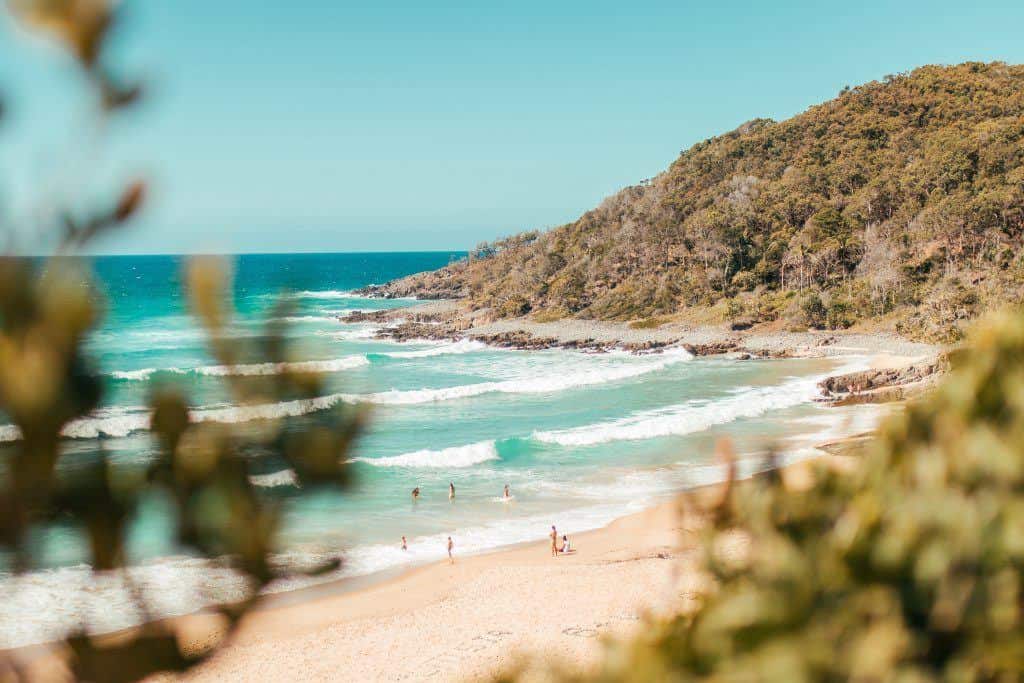
8. K’gari (Fraser Island)
K’gari is one of Queensland’s true natural wonders and an absolute must for anyone exploring the state.
Recognised as one of Australia’s remarkable UNESCO World Heritage Sites, K’gari (Fraser Island) is the largest sand island in the world, stretching over 120 kilometres along the beautiful Fraser Coast.
Most visitors kick off their adventure from Hervey Bay, a charming town on the Fraser Coast that’s famous as the main jumping-off point for tours and ferry rides to K’gari (Fraser Island).
Between July and November, Hervey Bay also becomes one of the best places in the world for whale watching, with humpback whales using the sheltered waters of the Fraser Coast to rest and play.
Once you arrive on K’gari (Fraser Island), you’ll quickly see why this unique spot draws visitors from all over. Drive along the iconic 75 Mile Beach, a stretch of sand along the Fraser Coast that doubles as both a highway and a landing strip.
As you drive along 75 Mile Beach, stop to explore the rusting hull of the Maheno Shipwreck, take a dip in the naturally bubbling Champagne Pools, or cool off in the crystal-clear freshwater of Eli Creek.
There’s more to K’gari (Fraser Island) beyond the 75 Mile Beach. Venture inland to discover towering rainforests growing straight out of the sand and pay a visit to Lake McKenzie, famous for its dazzling turquoise water and pure white silica shores.
Wildlife lovers will also be in for a treat, spotting everything from dingos trotting along the shore to colourful birds flitting through the forest canopy.
9. Lamington National Park
Just a short drive from the buzz of the Gold Coast, you’ll find yourself in the tranquil Gold Coast Hinterland, home to Lamington National Park.
This stunning national park is one of Queensland’s best natural attractions, famous for its lush scenery, ancient trees, and incredible biodiversity.
Wander under a spectacular rainforest canopy that feels a world away from the sandy beaches below. Here, towering Antarctic beech trees and tangled vines shelter everything from brilliant king parrots to shy pademelons.
The park is crisscrossed with walking tracks, ranging from easy strolls to longer hikes that lead you past cascading waterfalls, mossy creeks, and dramatic lookouts over endless green valleys.
If you’re up for a real adventure, try the treetop walk at O’Reilly’s, where you can literally stroll through the canopy on a series of suspension bridges, a highlight for adventurous visitors!
Lamington’s natural surroundings make it an incredible place to reconnect with nature. Plus, it’s so close to the Gold Coast that you can easily combine a rainforest day trip with a visit to the coast’s golden beaches.
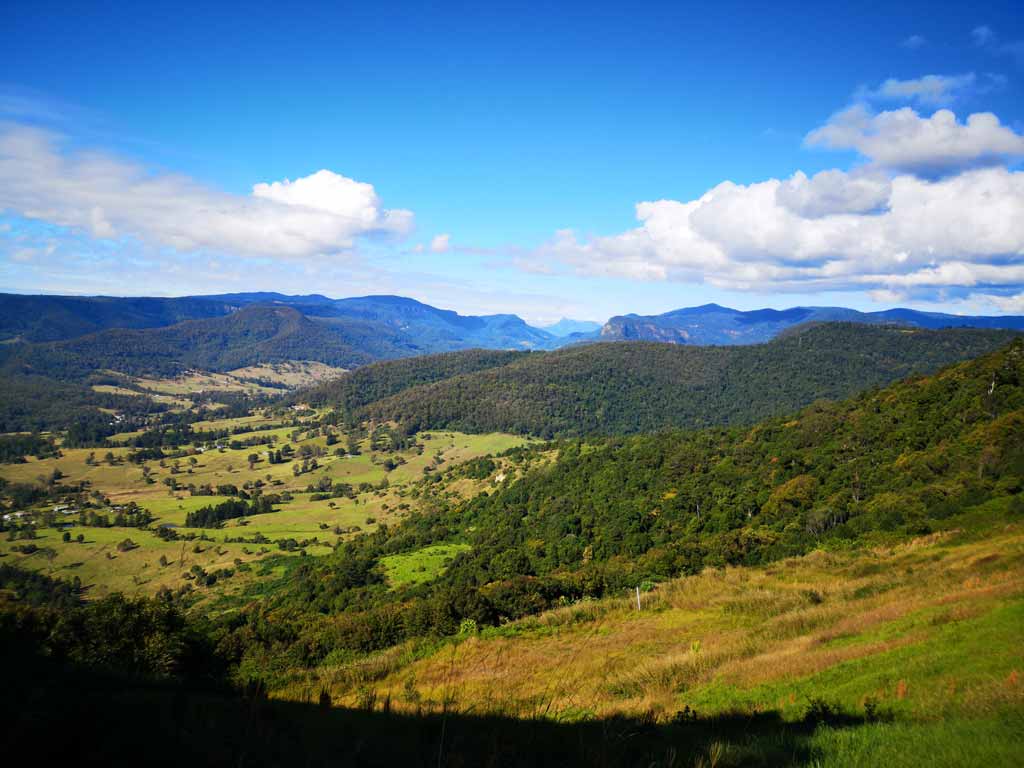
10. Townsville
Townsville is one of Queensland’s most underrated attractions. Set along the stunning coastline of North Queensland, it’s a lively hub that serves as a jumping-off point to explore the Great Barrier Reef, without the bigger crowds of Cairns.
One of the standout features of Townsville is Castle Hill, a giant pink-granite monolith that towers over the city. Hike or drive to the top to witness panoramic views stretching from the city streets to the sparkling sea.
Back in town, you’ll find plenty of attractions to fill your days, from the bustling Strand waterfront promenade lined with cafes and palm trees to the fascinating Reef HQ Aquarium, which showcases the wonders of the nearby reef.
And if you’re road-tripping further down the coast, don’t miss a stop in Mackay to cool off at the Bluewater Lagoon, a unique swimming spot that’s perfect for a break under the tropical sun.
Read next: Queensland Road Trips – 11 BEST Drive Itineraries
11. Daintree Rainforest
Visiting Daintree National Park is like stepping into another world, where time stands still and ancient secrets whisper through the trees.
Tucked away in North Queensland, the Daintree Rainforest is part of the Wet Tropics, a spectacular region recognized as one of the world’s UNESCO World Heritage sites for its incredible biodiversity and cultural significance.
The Daintree Rainforest is over 180 million years old, making it one of the oldest continually surviving ancient rainforests on Earth. Walking beneath its emerald canopy, you’ll pass giant ferns, twisting vines, and crystal-clear streams teeming with unique marine life.
Top attractions at the Daintree Rainforest include exploring the magical Mossman Gorge, where you can stroll along elevated boardwalks or take a refreshing dip in pristine waters surrounded by towering trees.
For an unforgettable way to see the highlights of the Daintree Rainforest, consider booking this Daintree Rainforest and Mossman Gorge Tour, which takes you deeper into the forest’s heart with local guides who share the area’s rich Indigenous stories and natural wonders.
12. Mission Beach
If you’re dreaming of a laid-back destination where tropical rainforest spills right down to beautiful beaches, look no further than Mission Beach.
Tucked between Cairns and Townsville in Tropical North Queensland, this relaxed coastal village is a true gem, offering a perfect blend of lush jungle and golden sand.
Mission Beach is made up of four small beach communities stretched along 14 kilometres of palm-fringed coastline, giving you plenty of space to find your own slice of paradise.
One of the top things to do here is simply relaxing on the sand. It’s also a fantastic place to spot cassowaries, the colourful (and slightly prehistoric) giant birds that love to wander through the rainforest.
Read next: 16 BEST Cairns Day Trips Not to Be Missed
13. Magnetic Island
Located off the coast of Townsville in North Queensland, Magnetic Island is a tropical gem with a laid-back island life and rugged Aussie charm.
It’s famous for its golden beaches, with more than 20 of them scattered throughout the island.
Magnetic Island is home to a large population of wild koalas, and one of the best attractions here is hiking the Forts Walk, where you’re almost guaranteed to spot them dozing in eucalyptus trees.
The walk also rewards you with panoramic views over turquoise bays and rocky headlands.
Spend your days exploring secluded coves, kayaking alongside turtles, or enjoying a sunset sail.
For more ideas, check out our guide to getting around Magnetic Island, our list of the best Magnetic Island beaches, and our recommendations for a one day itinerary!
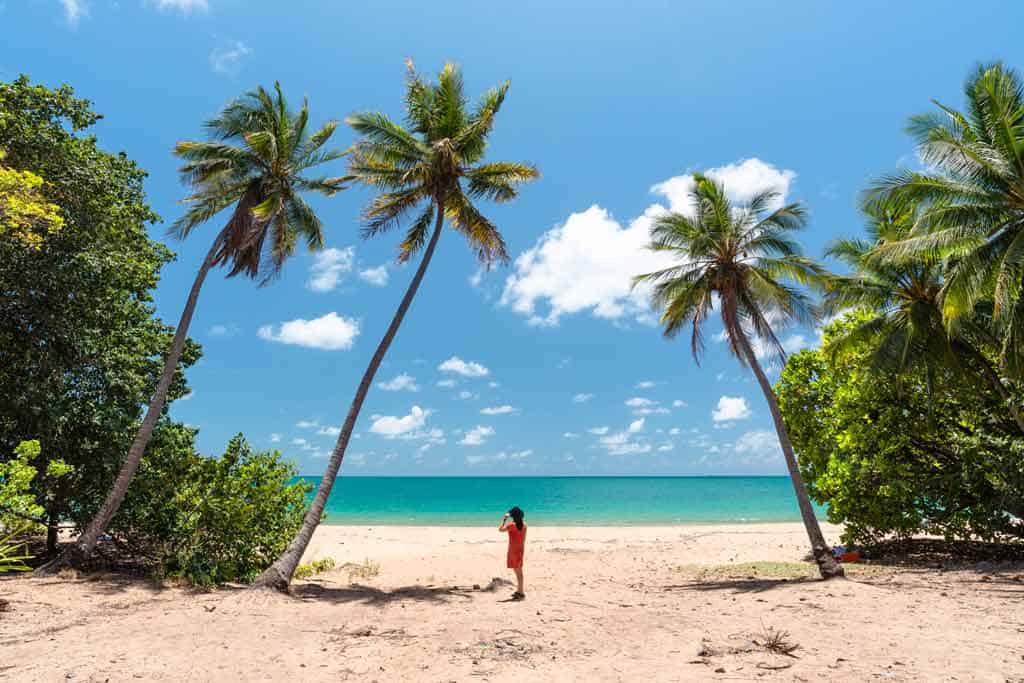
14. Longreach
If you’re looking to experience the rugged heart of the Sunshine State, head west to Longreach, one of the must-see destinations in Outback Queensland.
This legendary outback town is home to incredible attractions that celebrate Australia’s pioneering spirit and wide-open spaces.
Step into the stories of stockmen and bush life at the Australian Stockman’s Hall of Fame, or discover the remarkable history of aviation at the Qantas Founders Museum, where you can even tour inside a jumbo jet.
In the evenings, enjoy a sunset cruise along the Thomson River or tuck into a hearty camp oven dinner under a canopy of stars.
15. Carnarvon Gorge
Tucked away in Outback Queensland, Carnarvon Gorge is one of those magical destinations where you can witness the beauty of nature.
This lush oasis is hidden among rugged sandstone cliffs and dry plains, with an unexpected burst of greenery in the heart of Queensland’s outback.
There are so many exciting things to do here. Wander along shady trails beneath towering fan palms and fig trees, splash through cool creek crossings, and discover ancient Aboriginal rock art sites that tell stories thousands of years old.
You’ll also come across plenty of fascinating wildlife here. Watch for wallabies hopping through the undergrowth, bright parrots flitting overhead, and if you’re lucky, you might even spot a shy platypus gliding through the crystal-clear pools!
Read next: 14 Incredible Gold Coast Hikes, Queensland
16. Springbrook National Park
Springbrook National Park, located in Queensland’s Gold Coast hinterland, is a UNESCO World Heritage-listed site celebrated for its lush rainforests, cascading waterfalls, and ancient geological formations.
As part of the Gondwana Rainforests of Australia, the park offers a glimpse into Earth’s prehistoric past with its ancient Antarctic beech trees and diverse ecosystems.
Visitors can explore several sections, including the Springbrook Plateau, known for its panoramic views and waterfalls like Purling Brook Falls; the Natural Bridge, a unique rock formation housing a glowworm colony; and Mount Cougal, featuring twin peaks and historical sites.
The park’s rich biodiversity and scenic trails make it a haven for nature enthusiasts and hikers alike. Join a guided tour to make the most of your trip and let an expert guide show you around!
17. Maryborough
Nestled on the Fraser Coast, Maryborough is one of Queensland’s most charming heritage destinations. Once one of Queensland’s busiest ports, today Maryborough draws visitors with its beautifully preserved colonial streetscapes, riverside parks, and warm country-town vibe.
Maryborough is also famously linked to one of the world’s most beloved stories, as the birthplace of P.L. Travers, author of Mary Poppins. The town proudly celebrates its connection with a whimsical Mary Poppins Statue right in the heart of town.
You’ll also find gracious old buildings in Maryborough that whisper tales of the past, vibrant local markets, and cozy cafés.
DISCLAIMER: Some of the links in this article are affiliate links, which means if you book accommodation, tours or buy a product, we will receive a small commission at no extra cost to you. These commissions help us keep creating more free travel content to help people plan their holidays and adventures. We only recommend the best accommodations, tours and products that ourselves or our fantastic editorial team have personally experienced, and regularly review these. Thanks for your support, kind friend!
